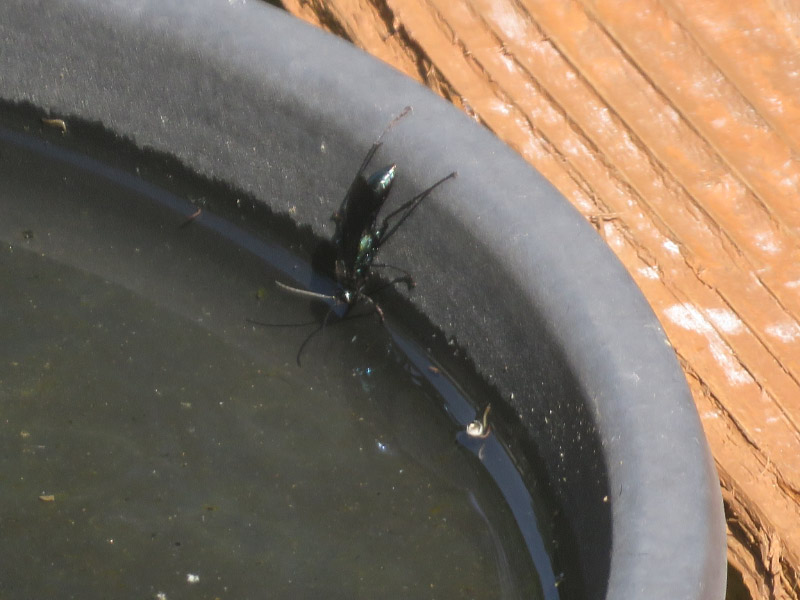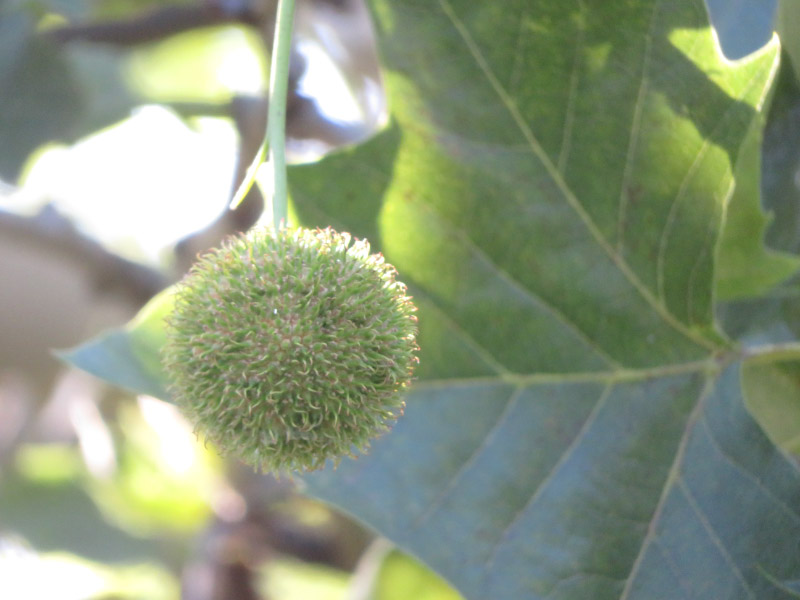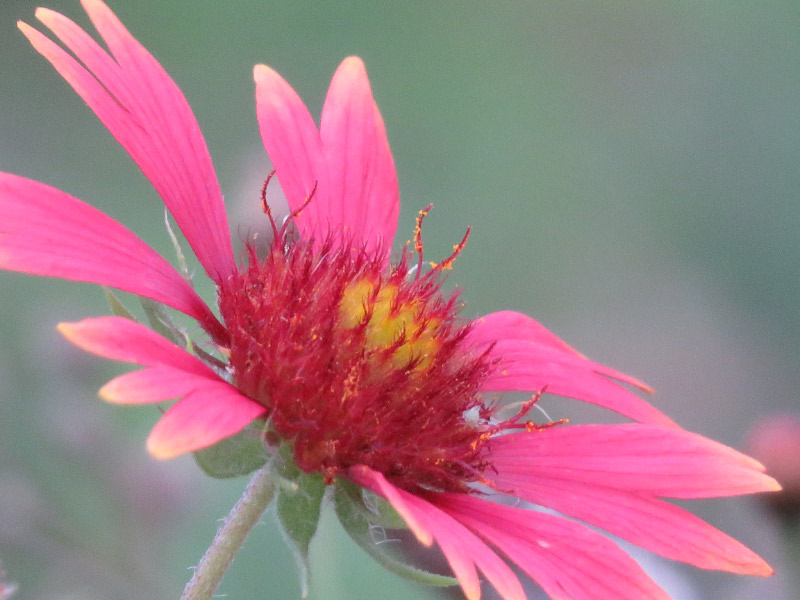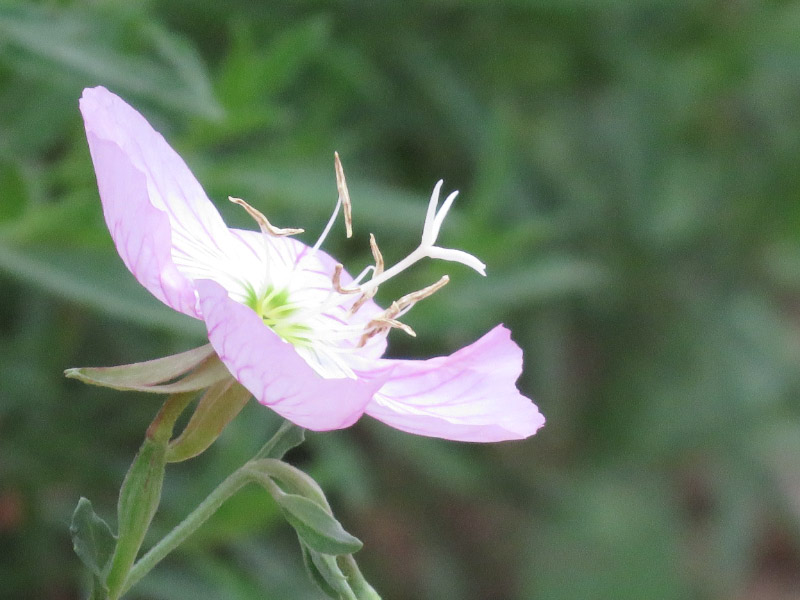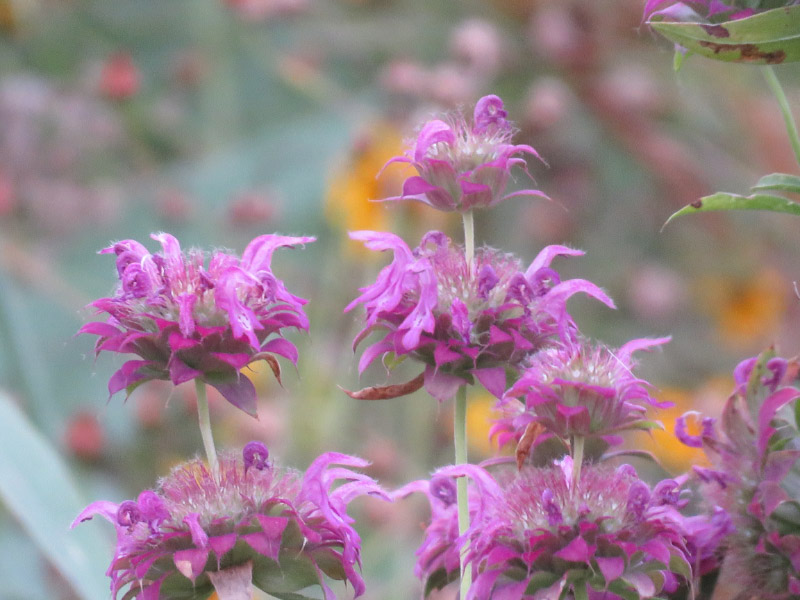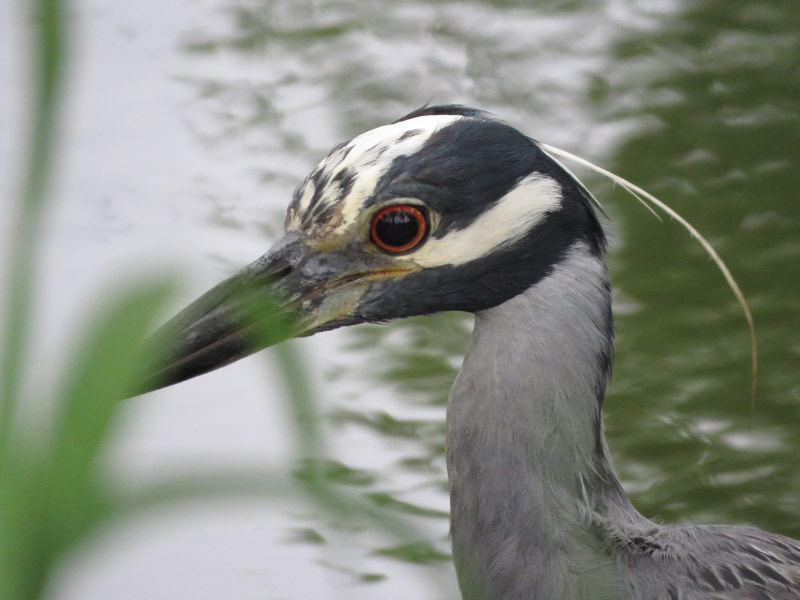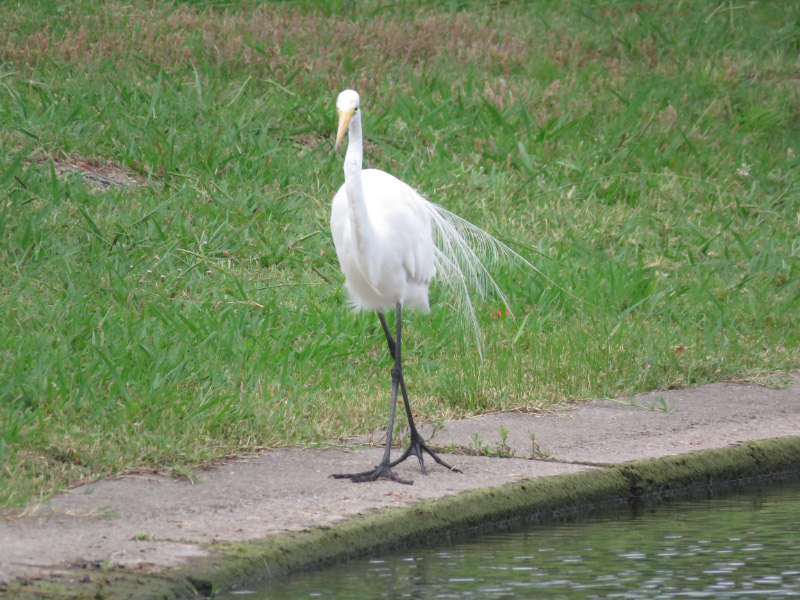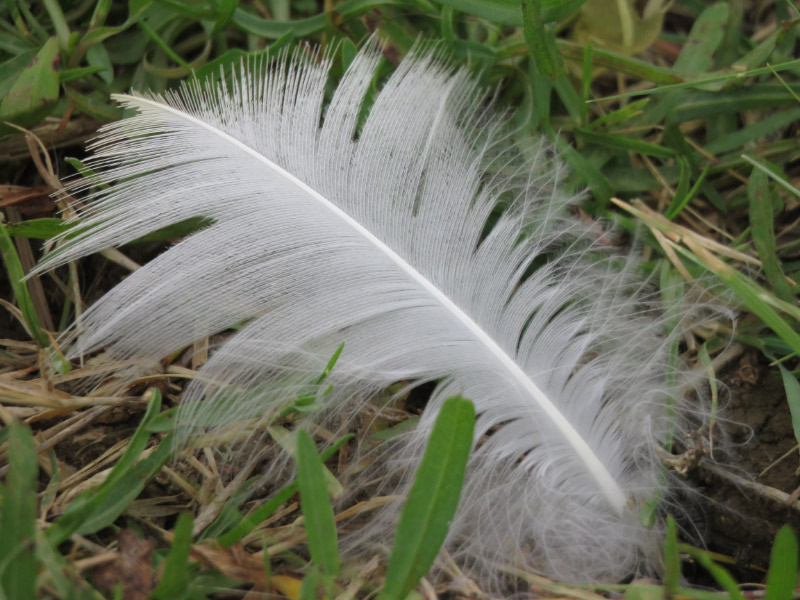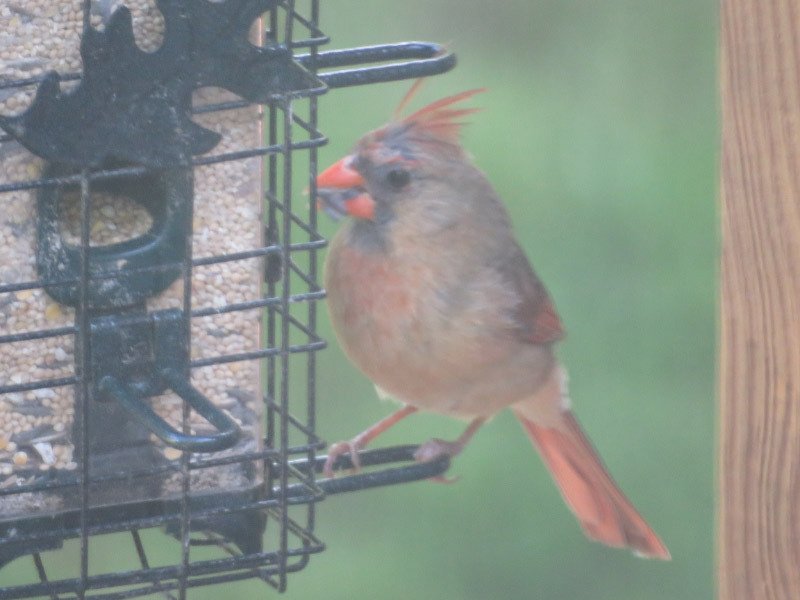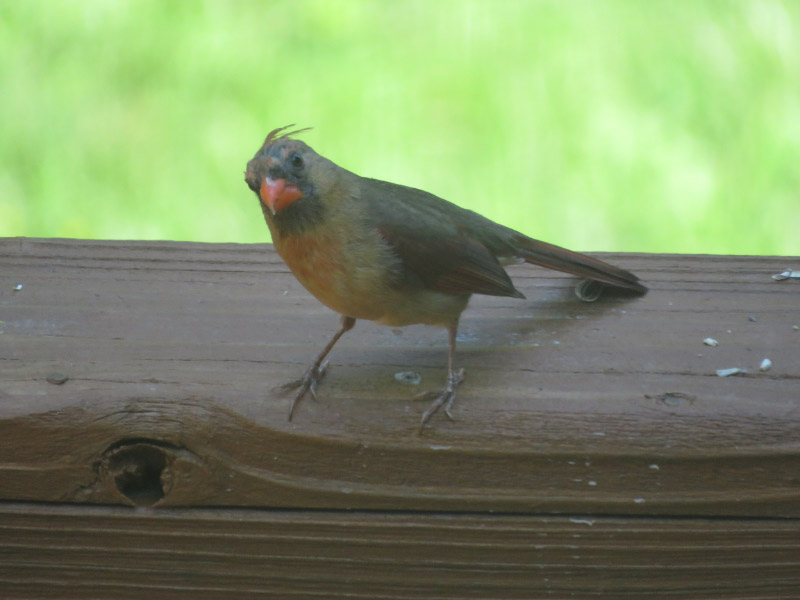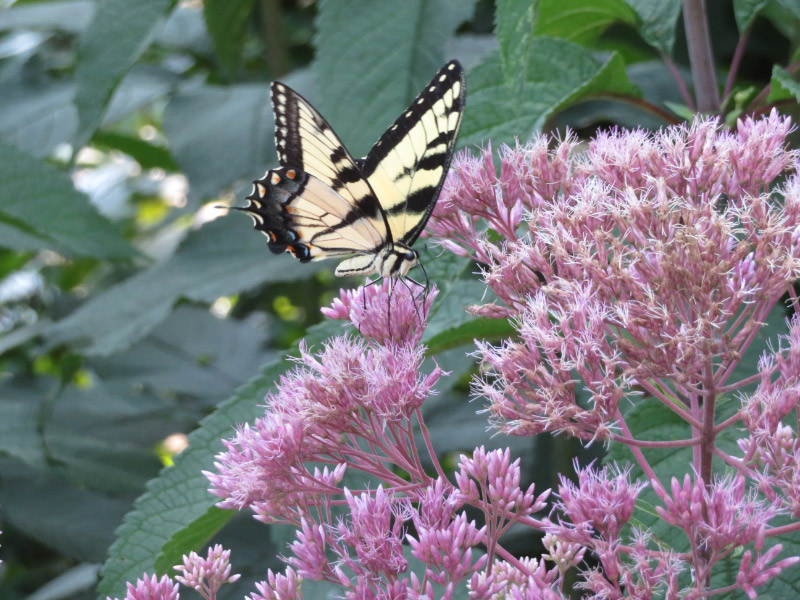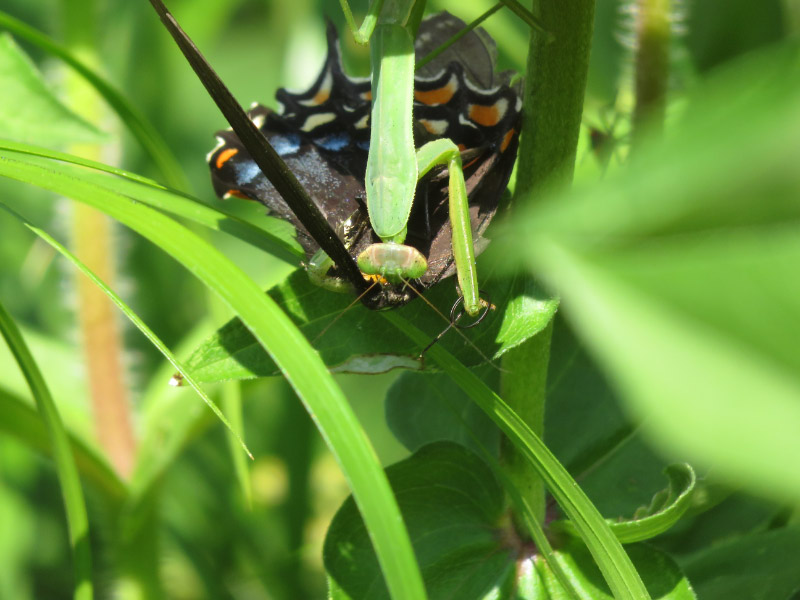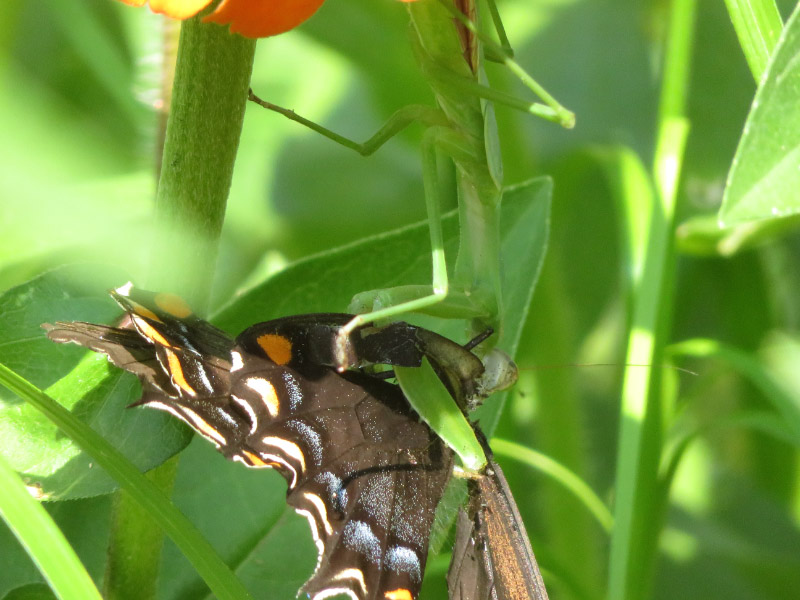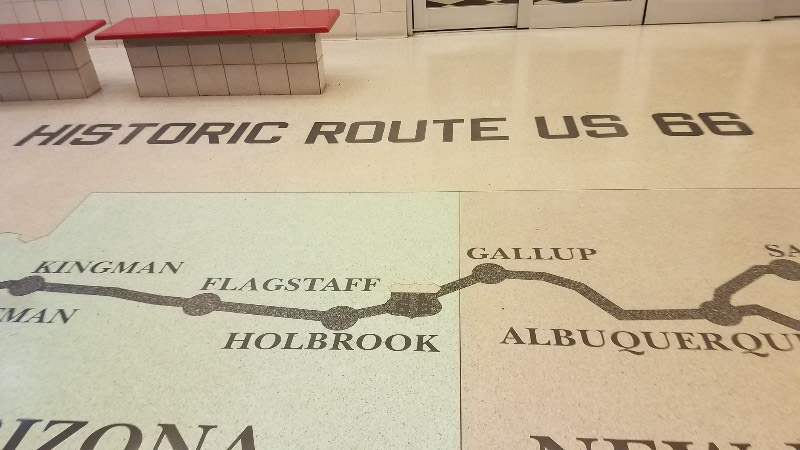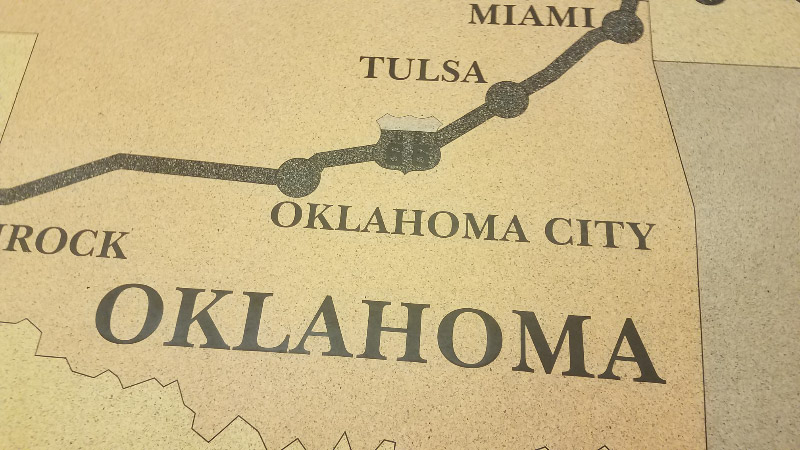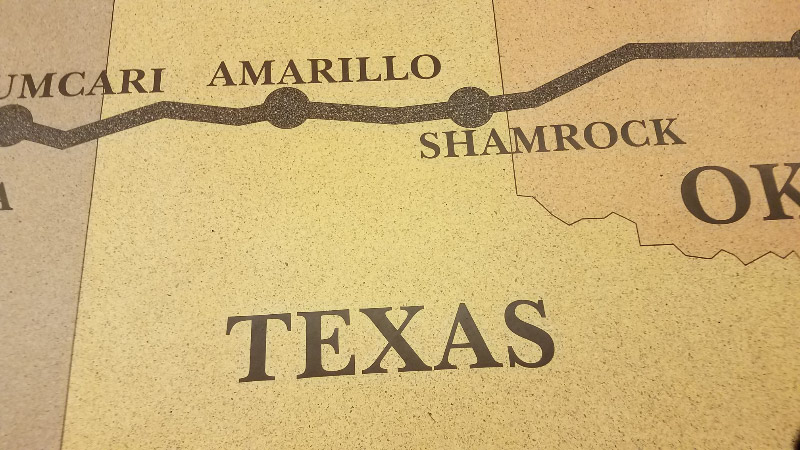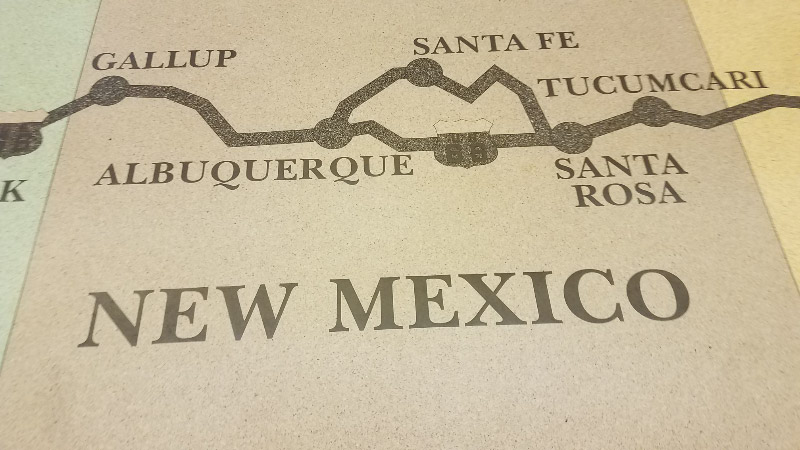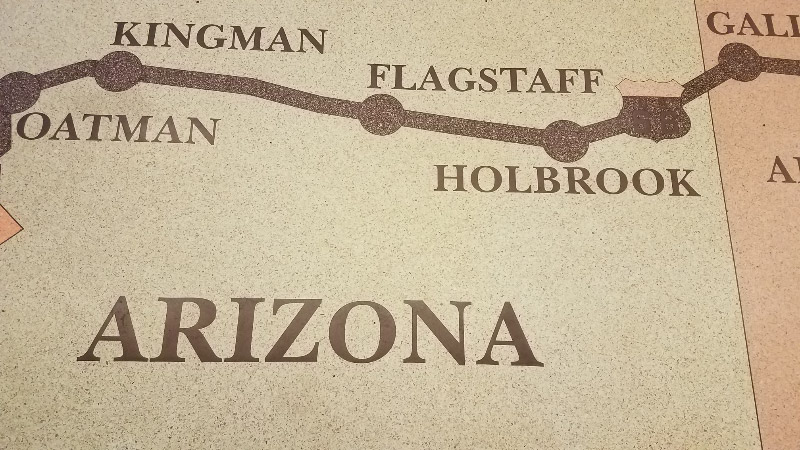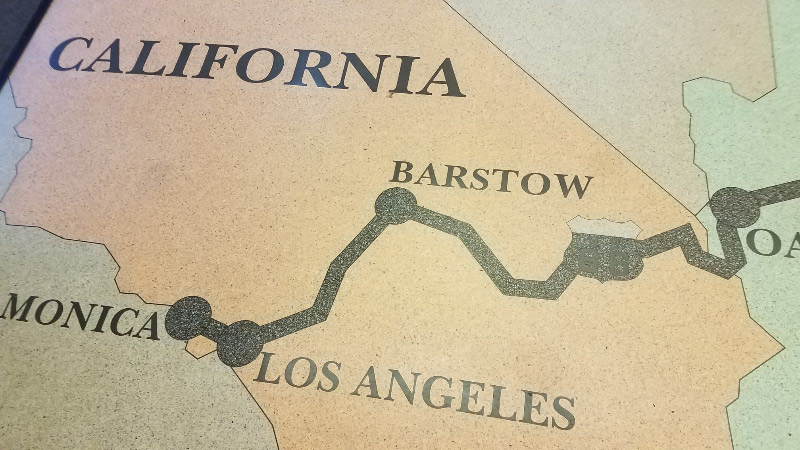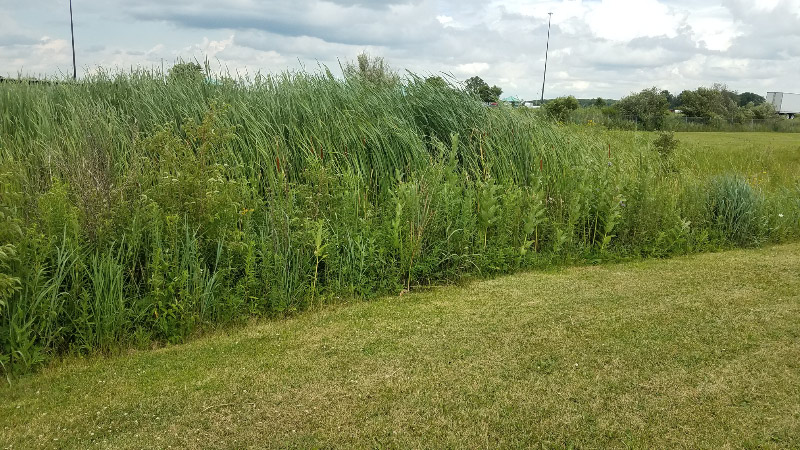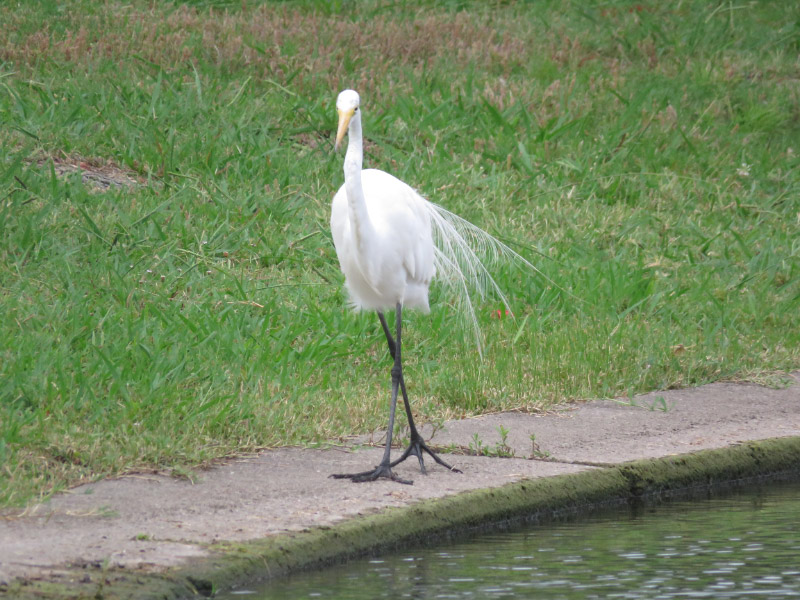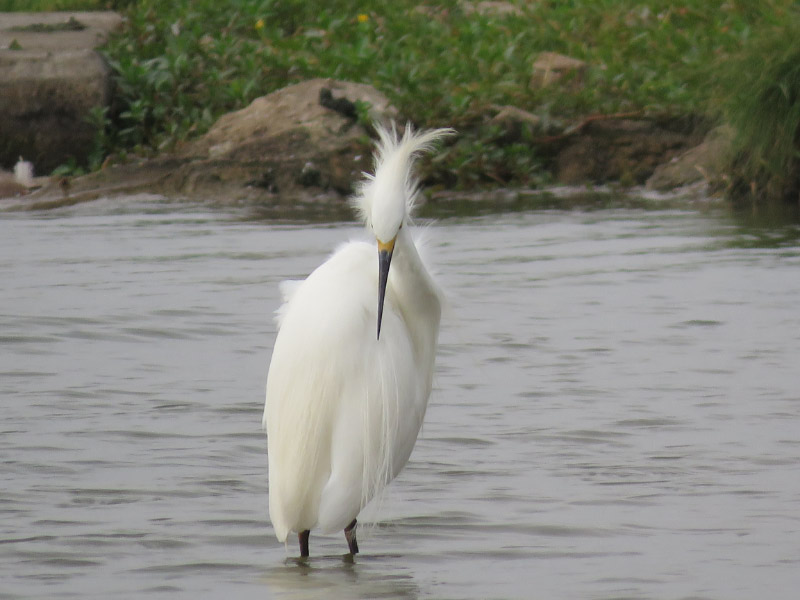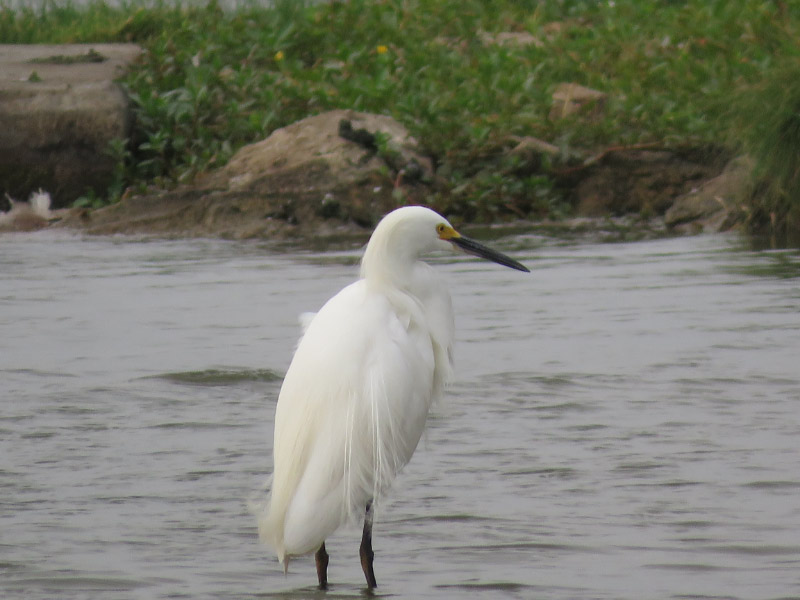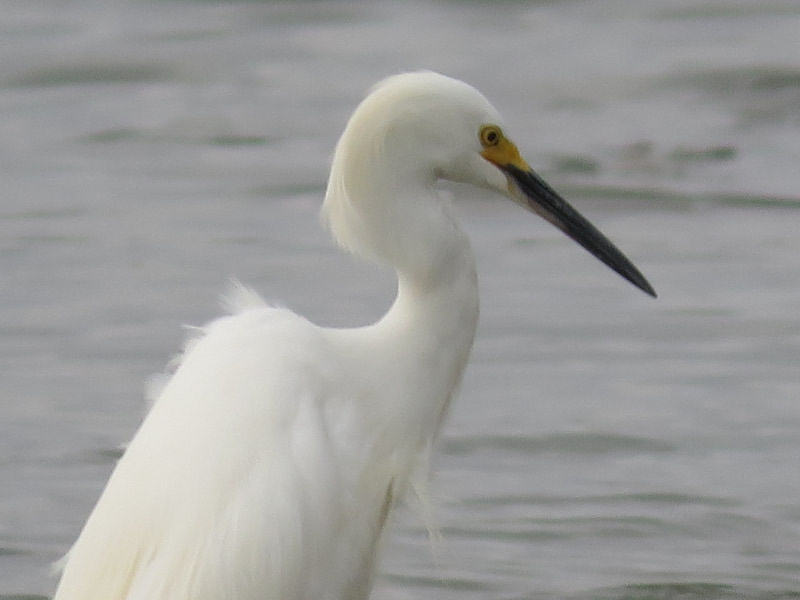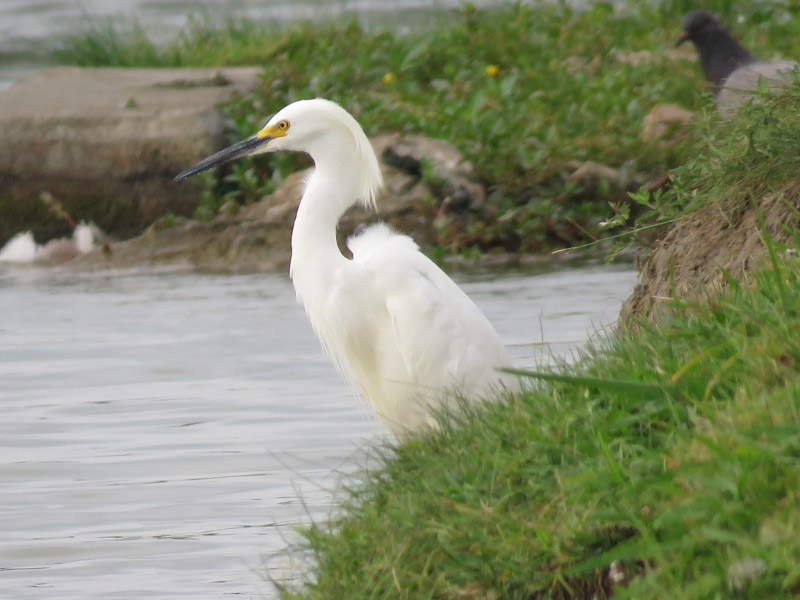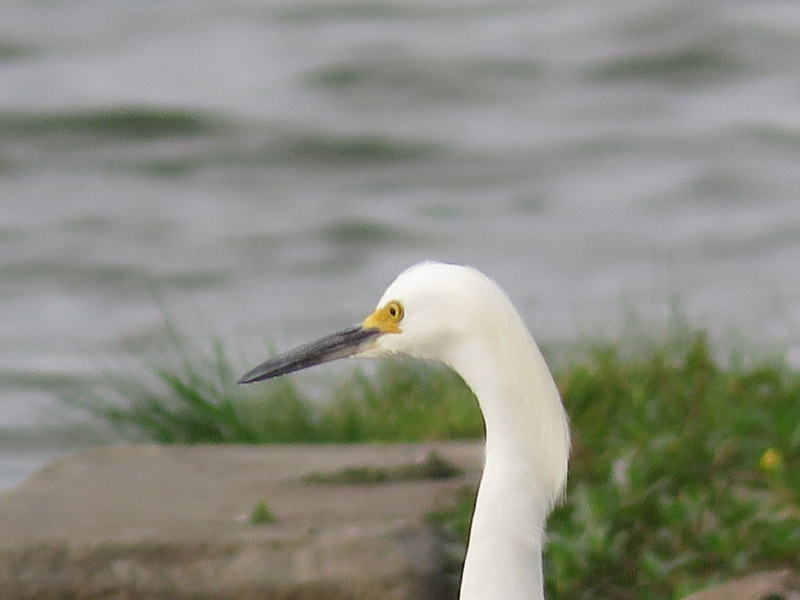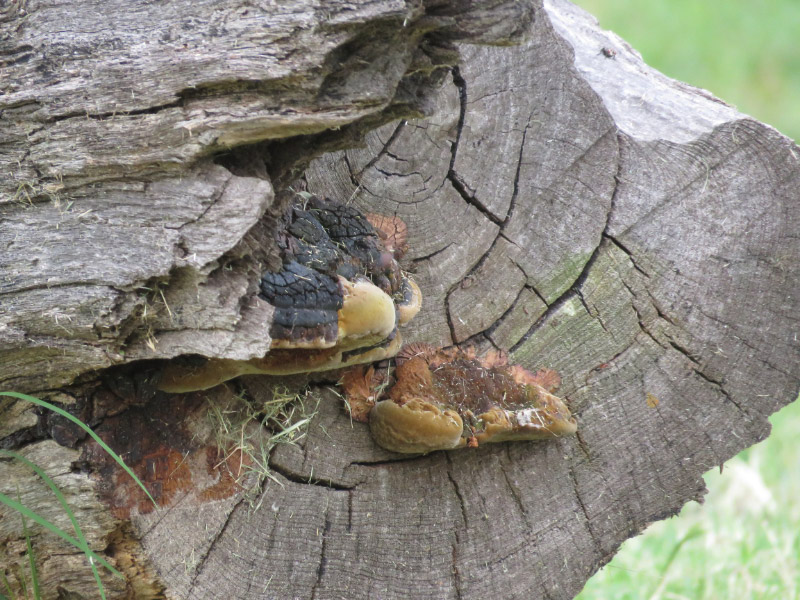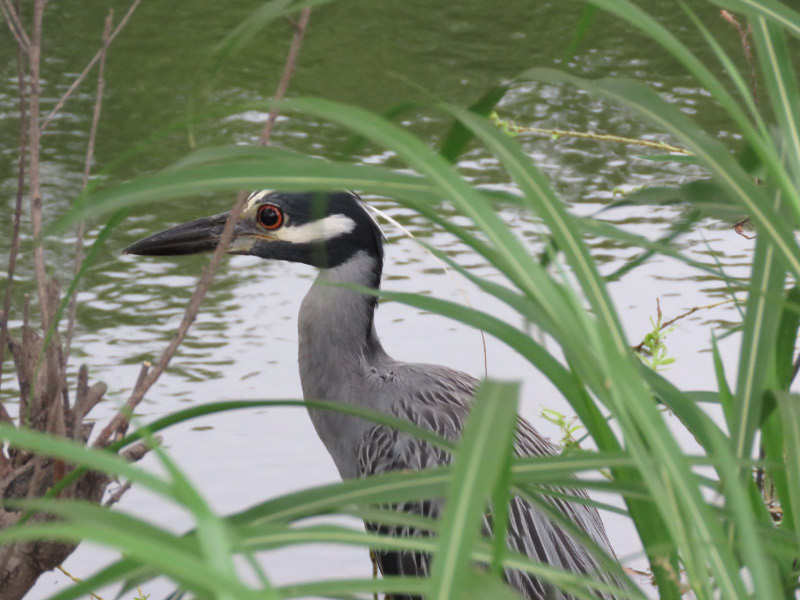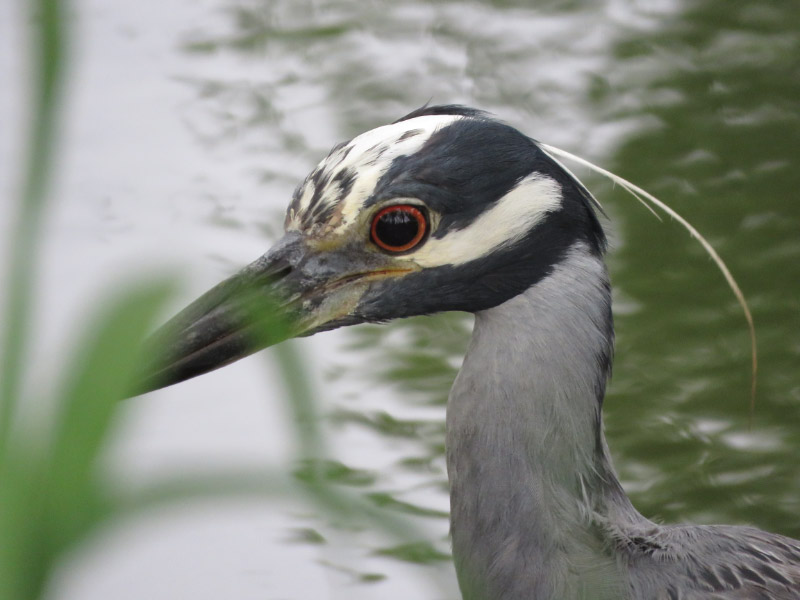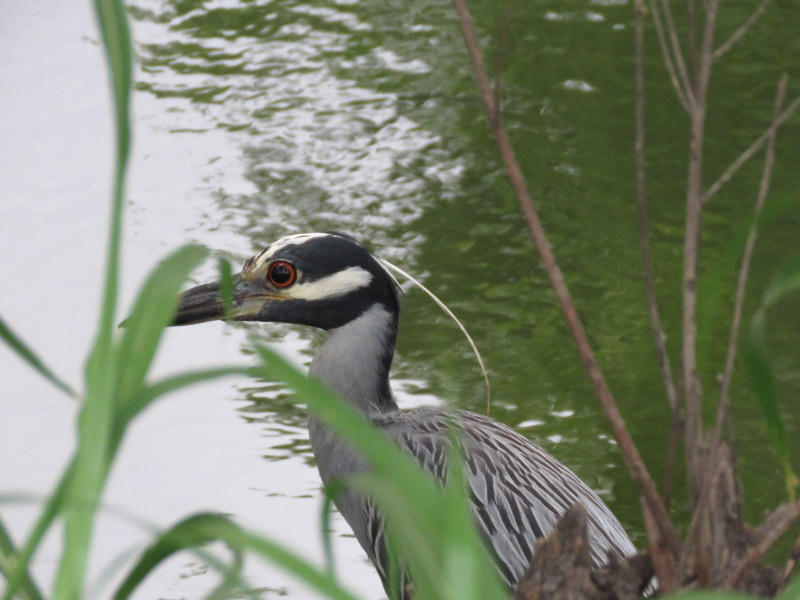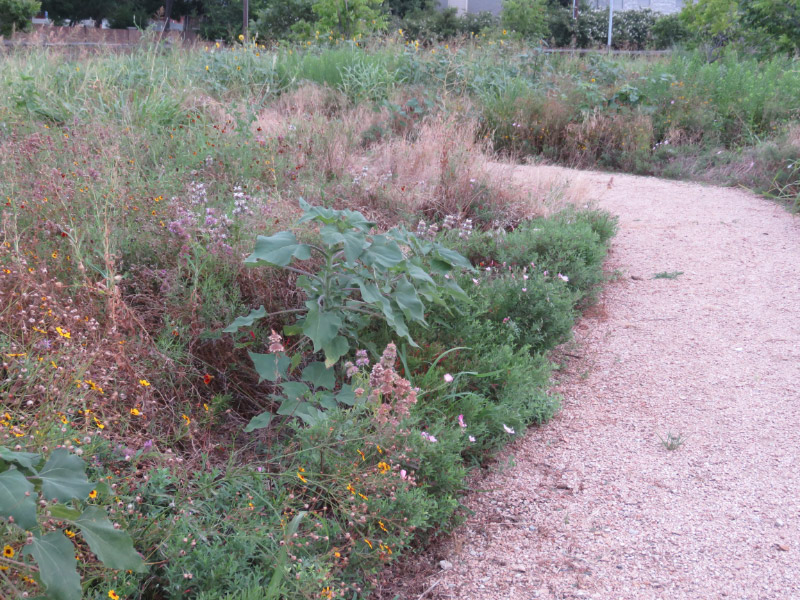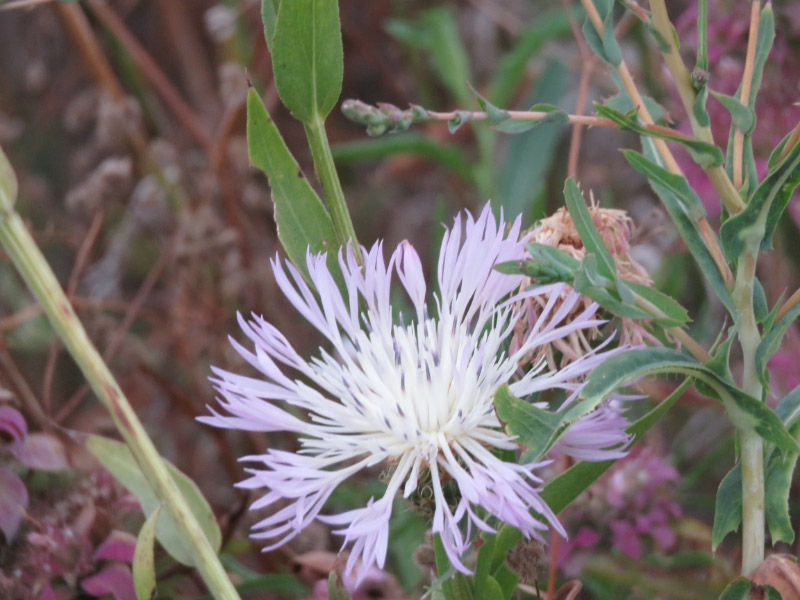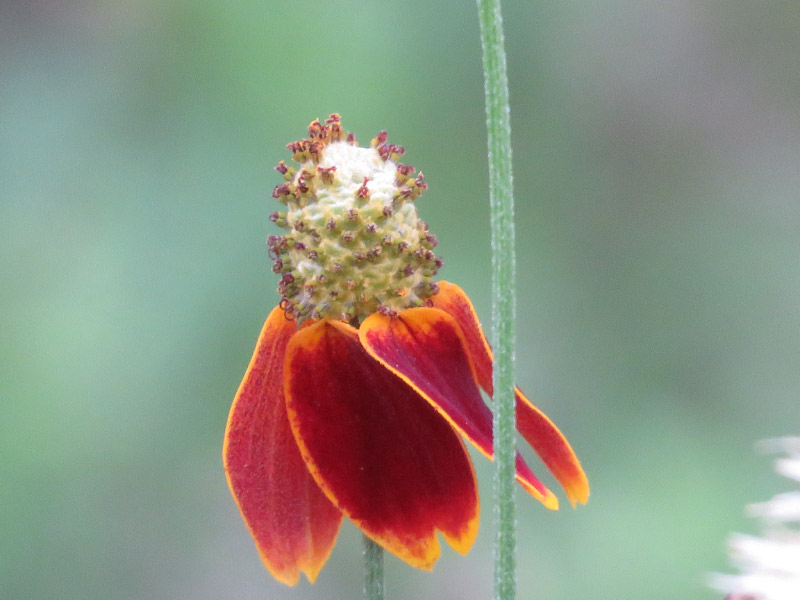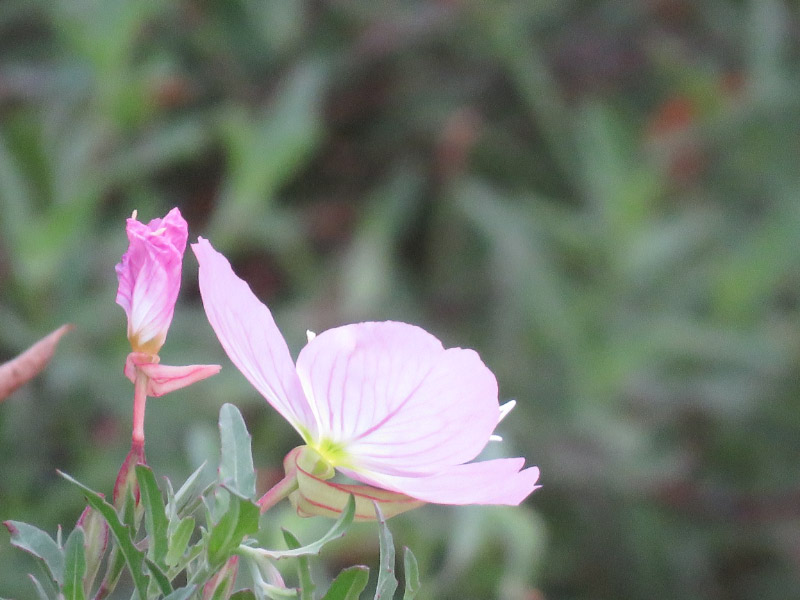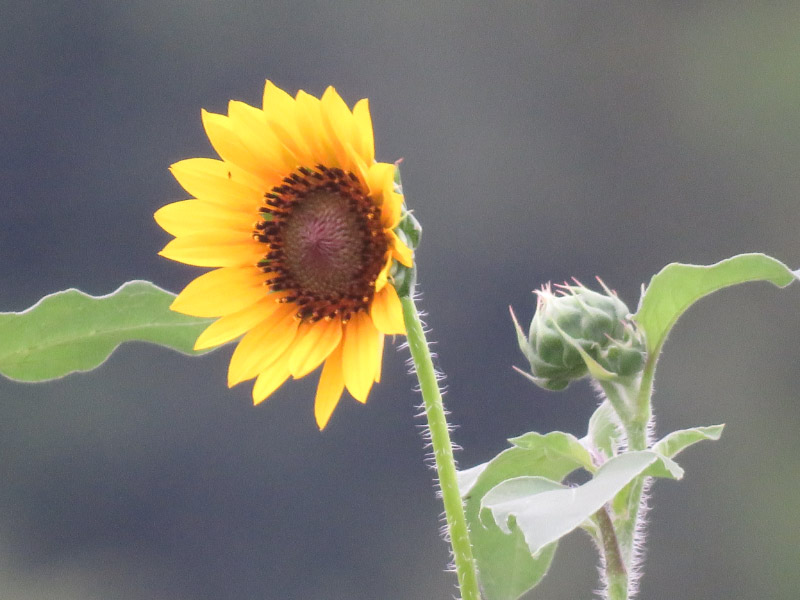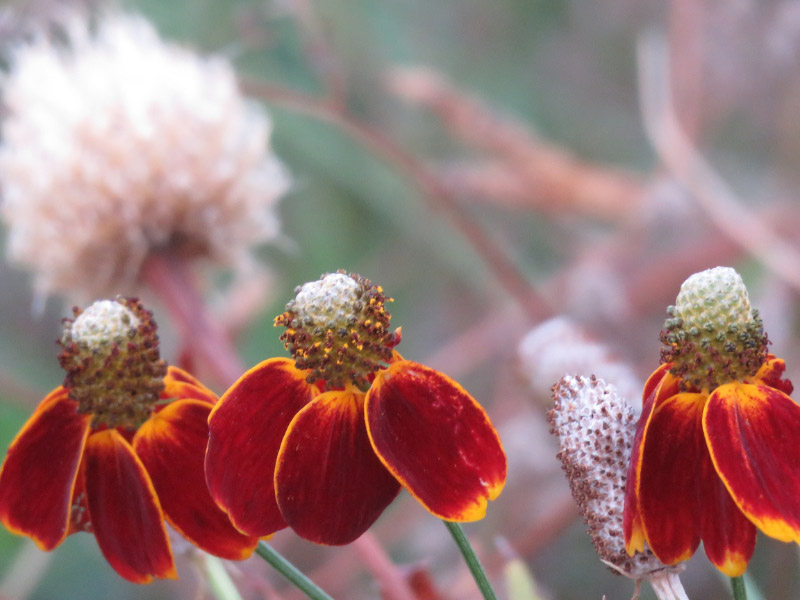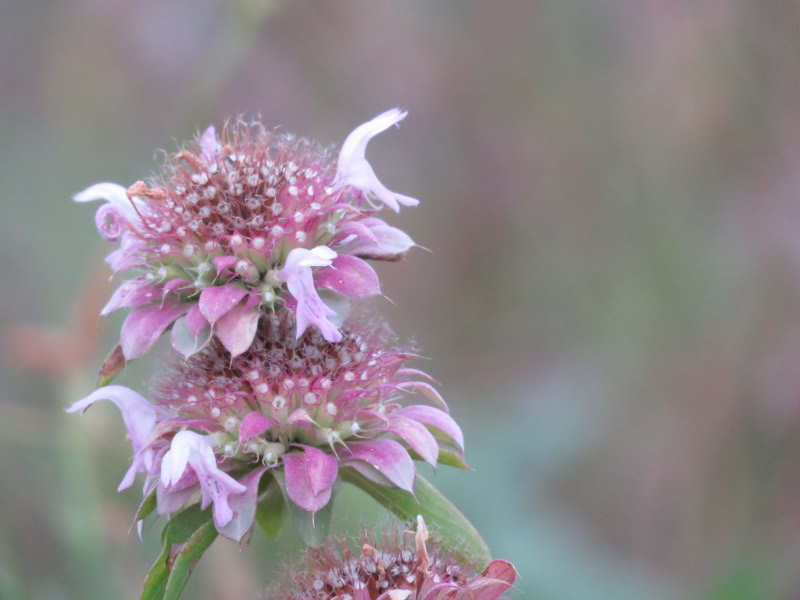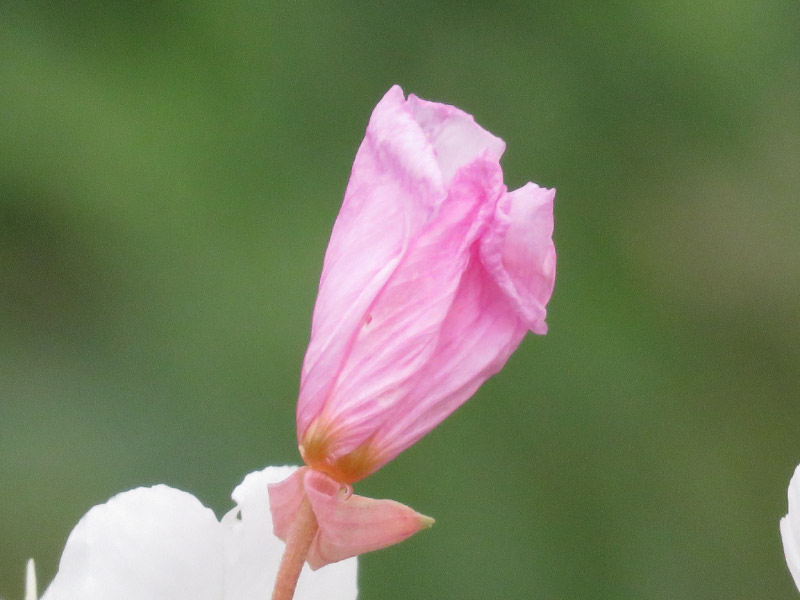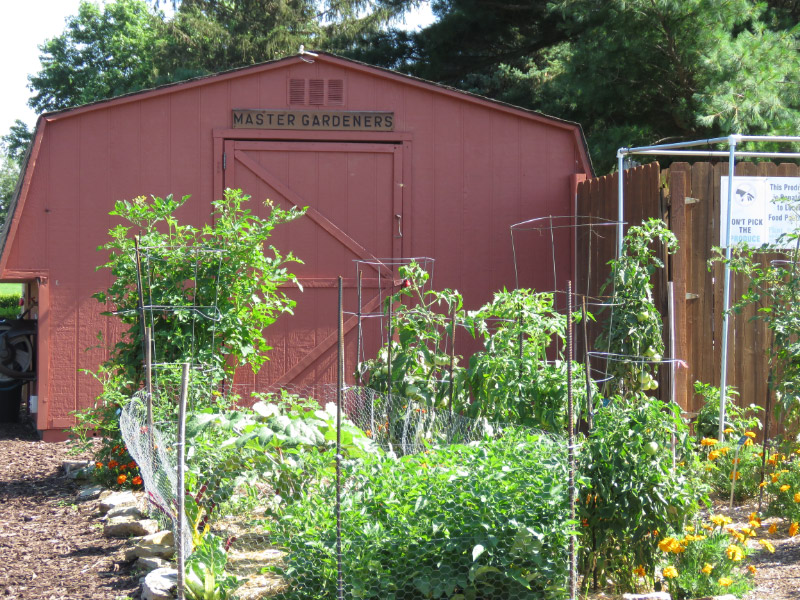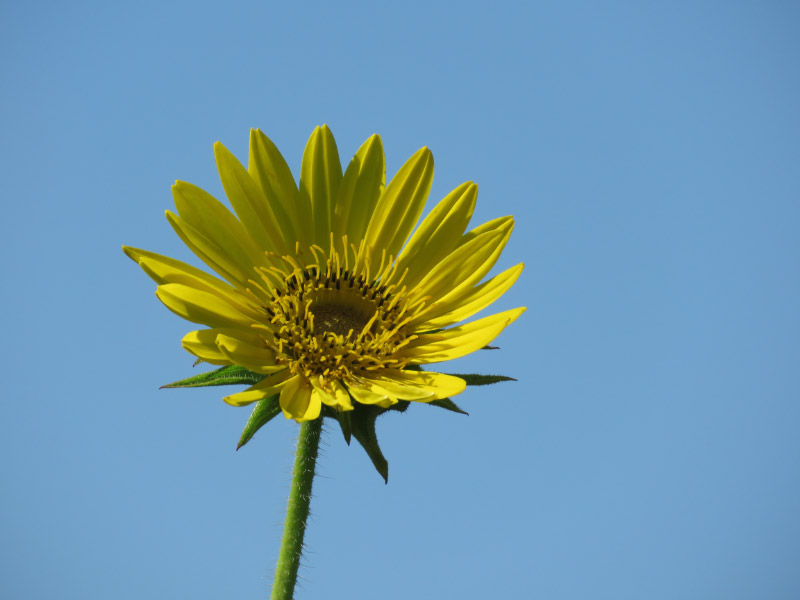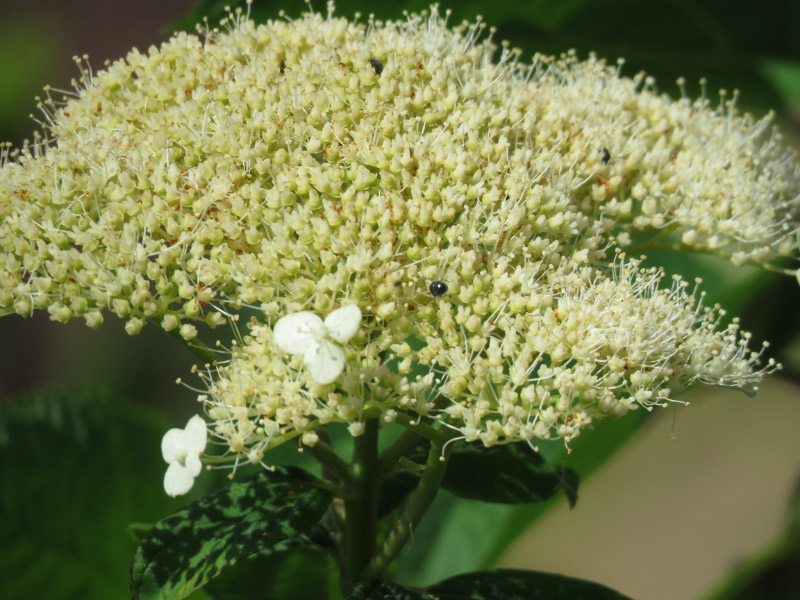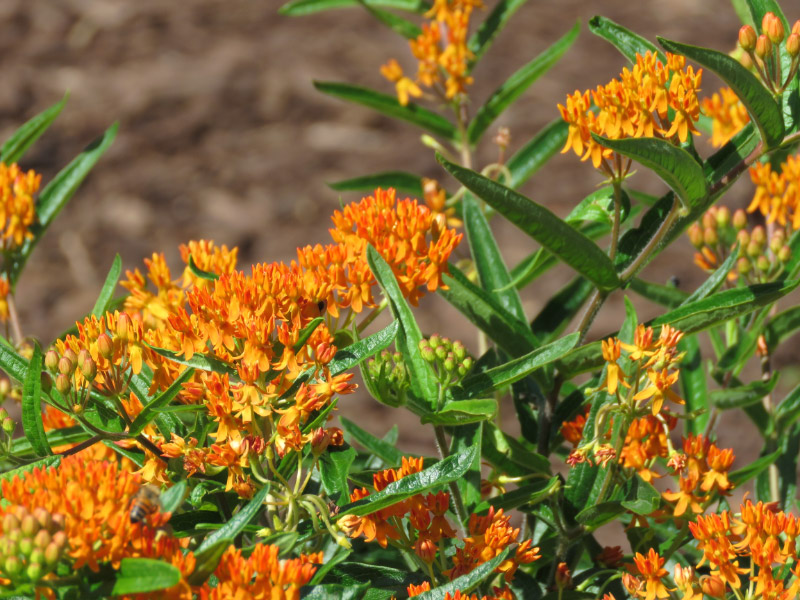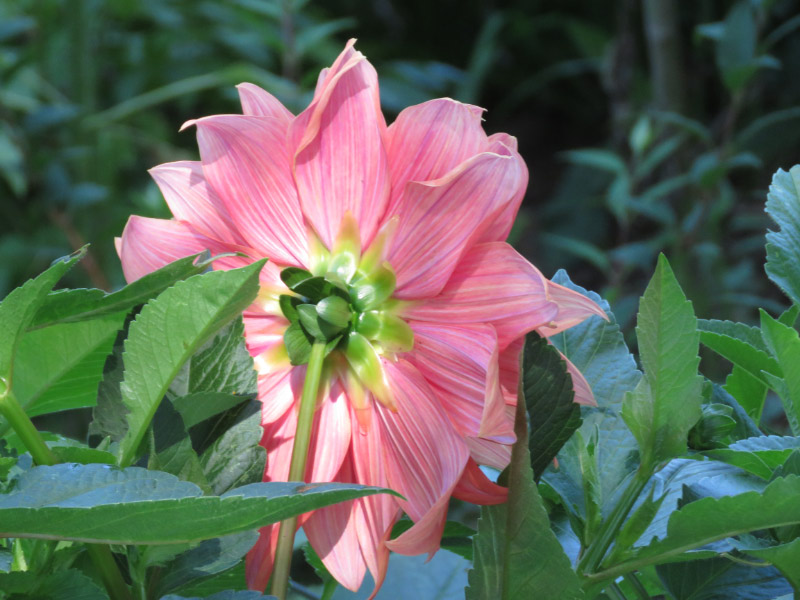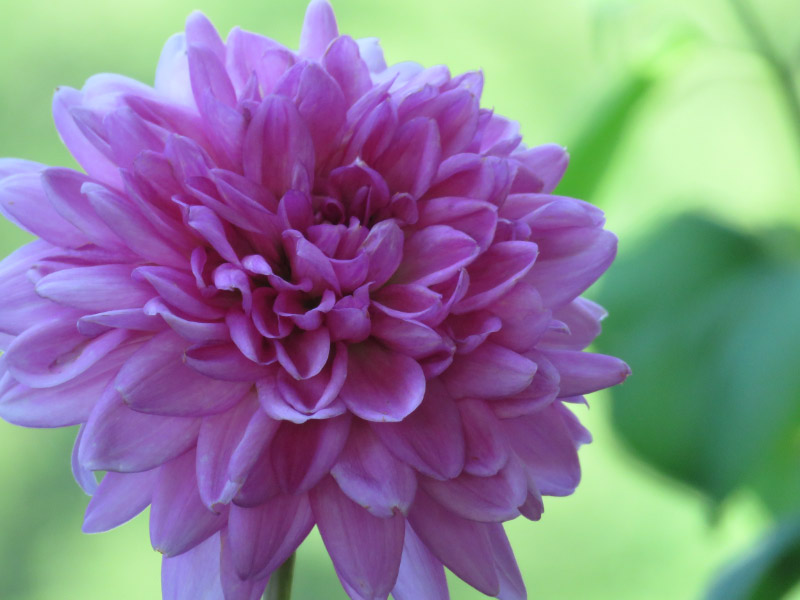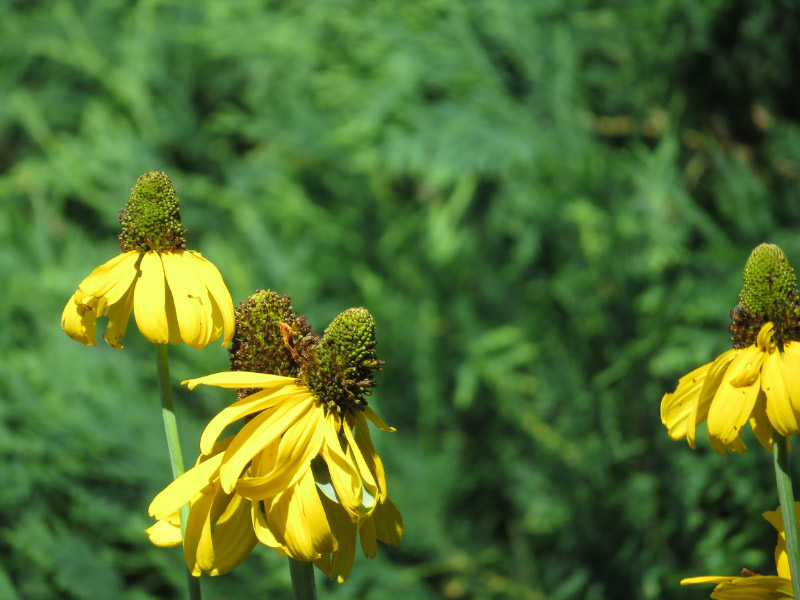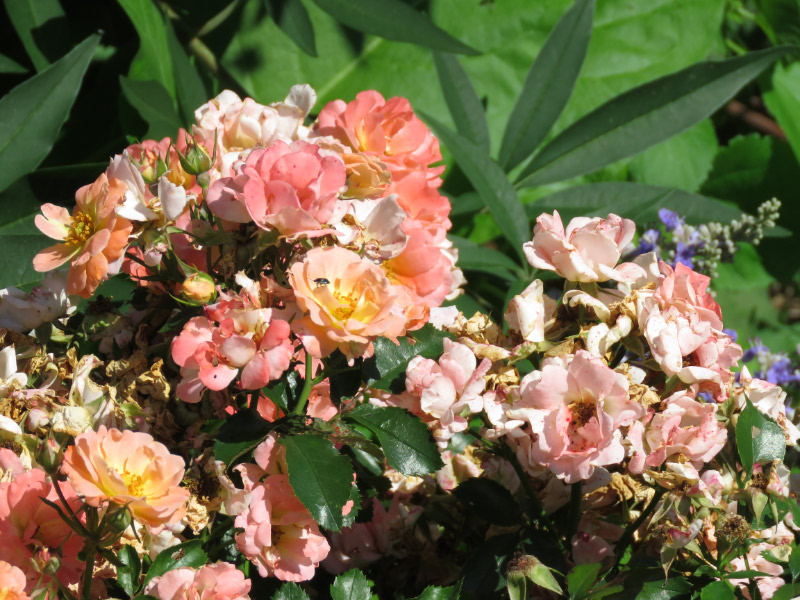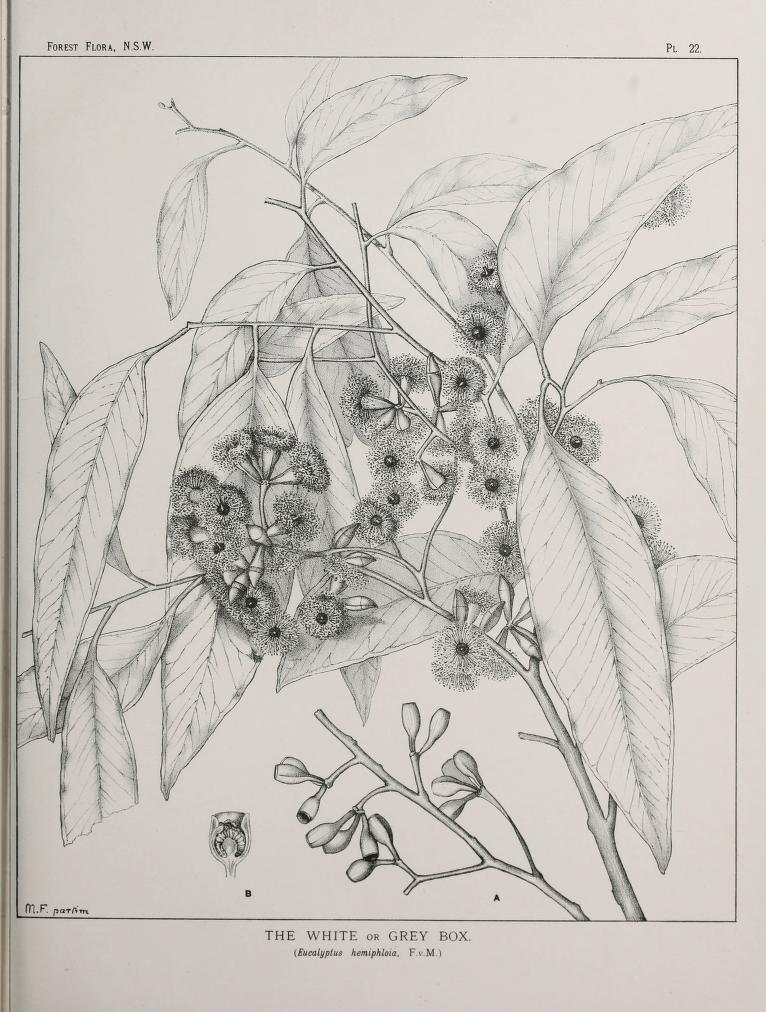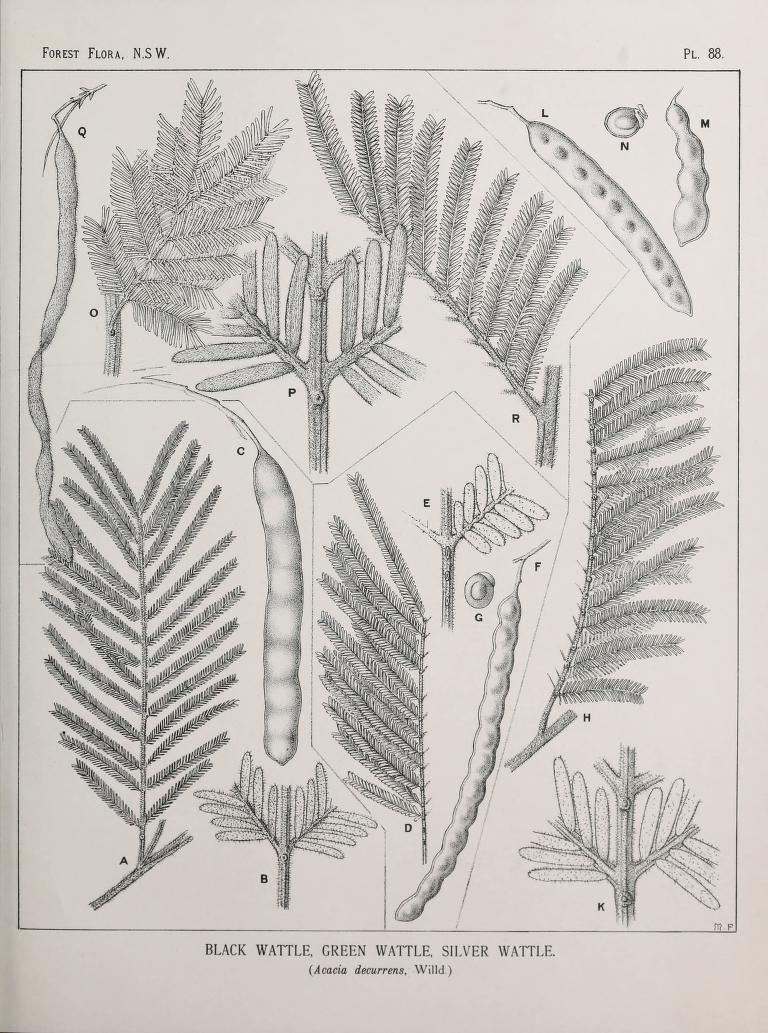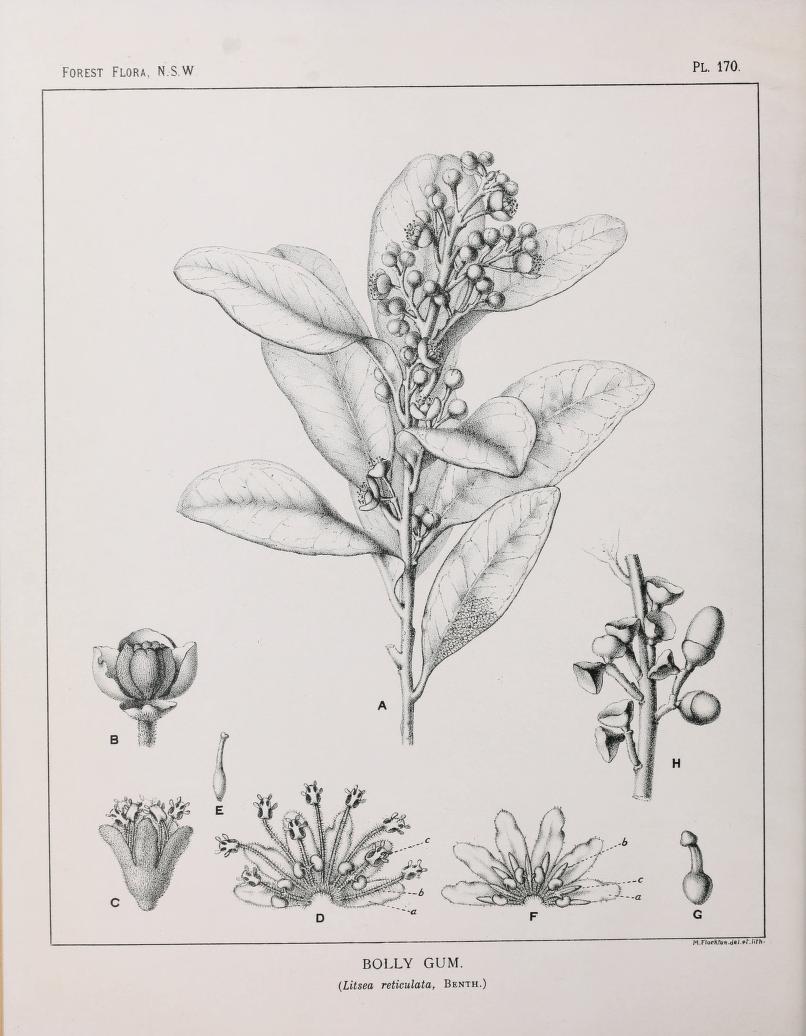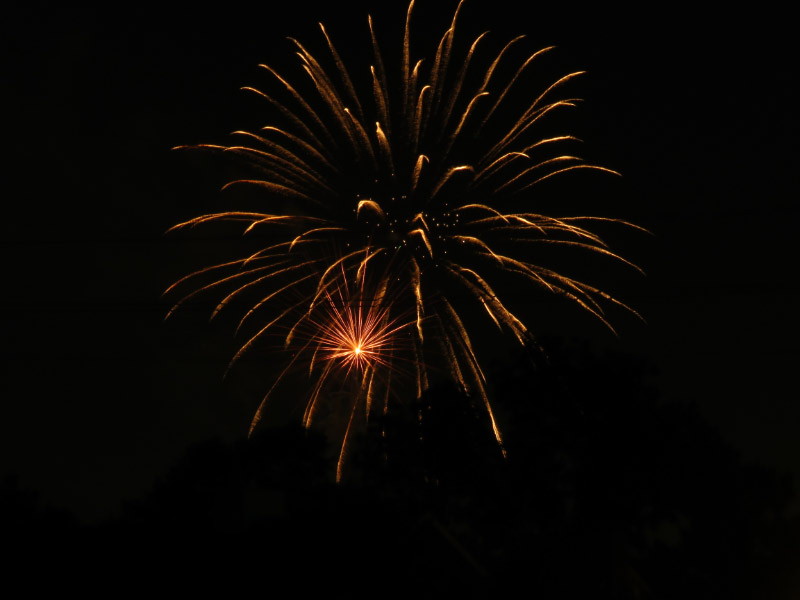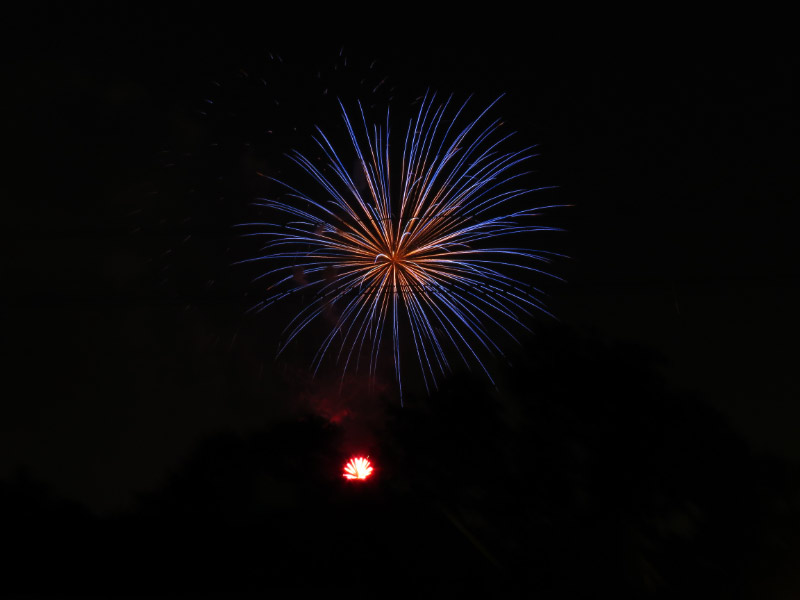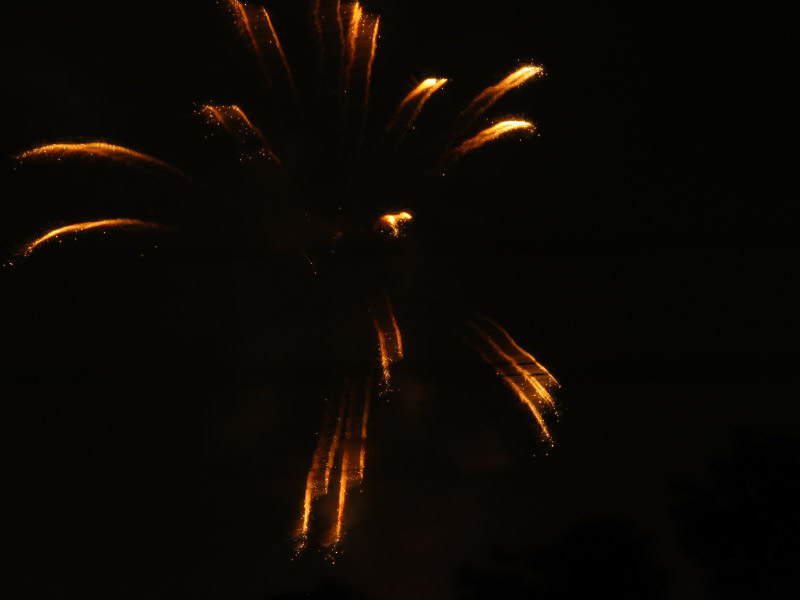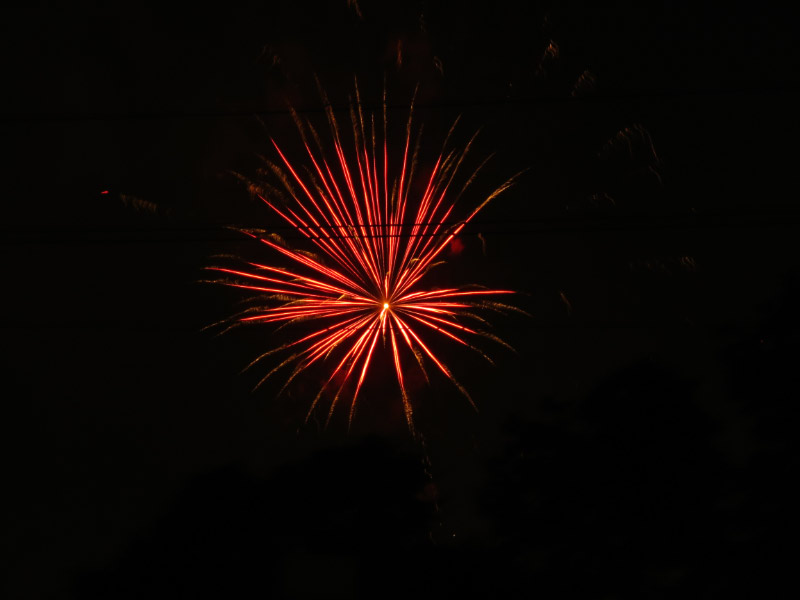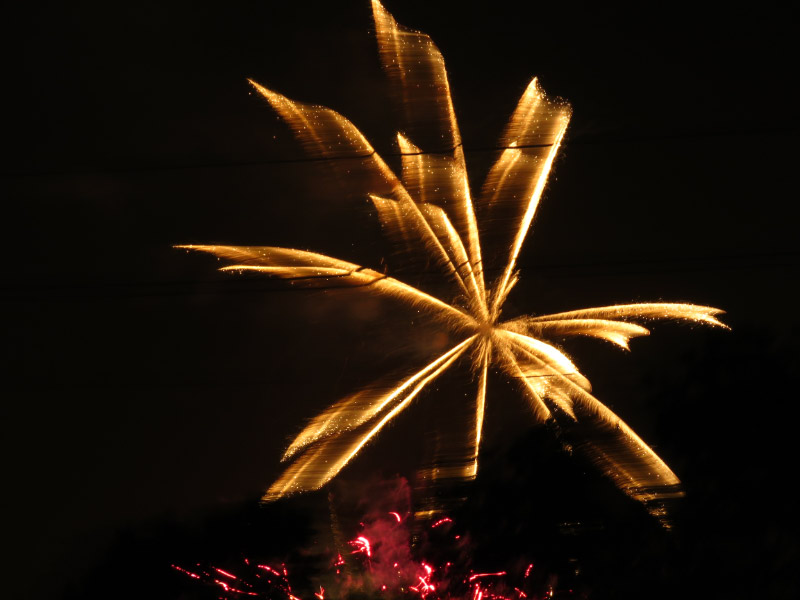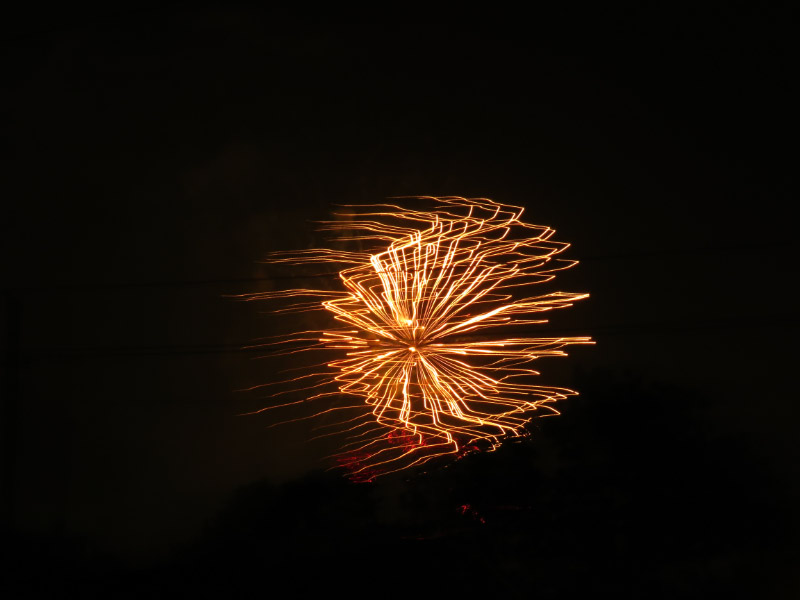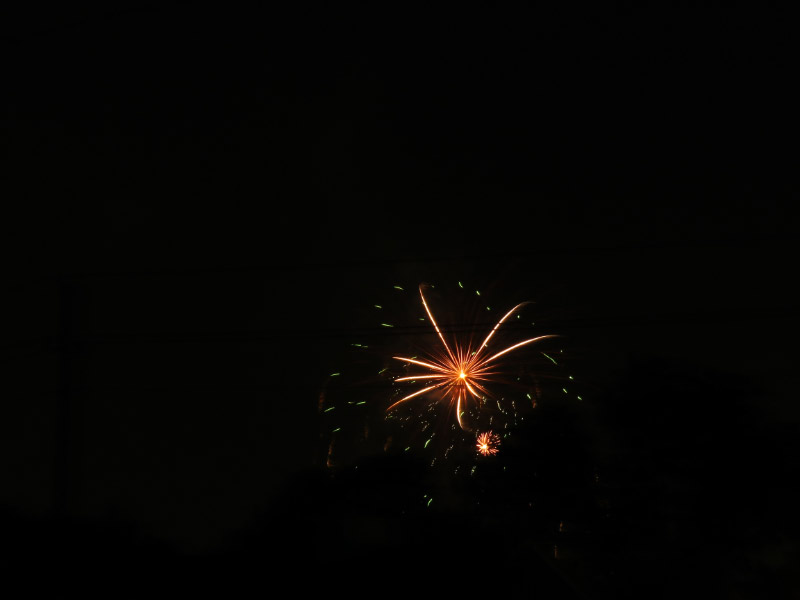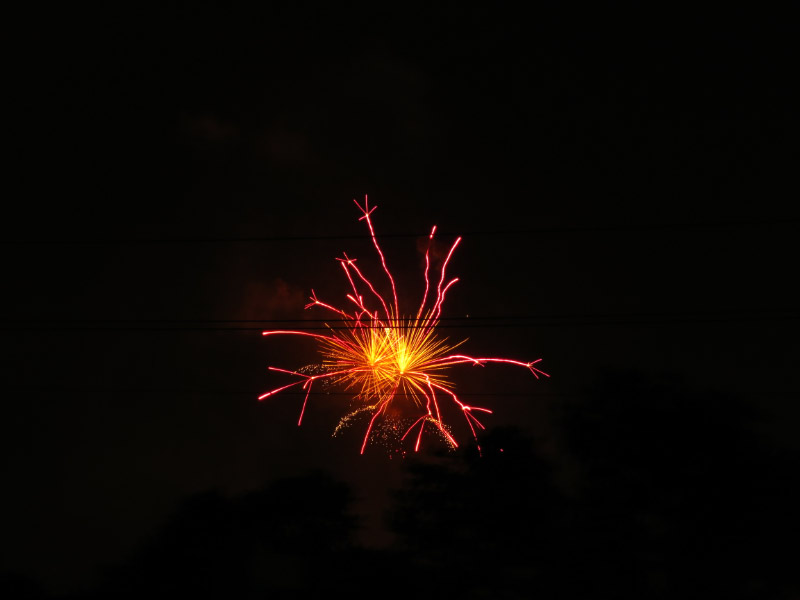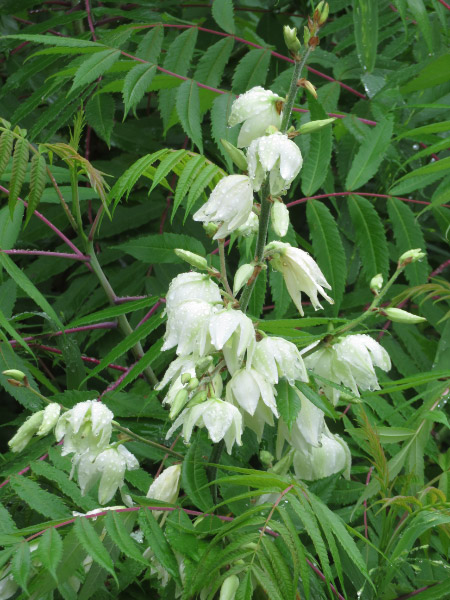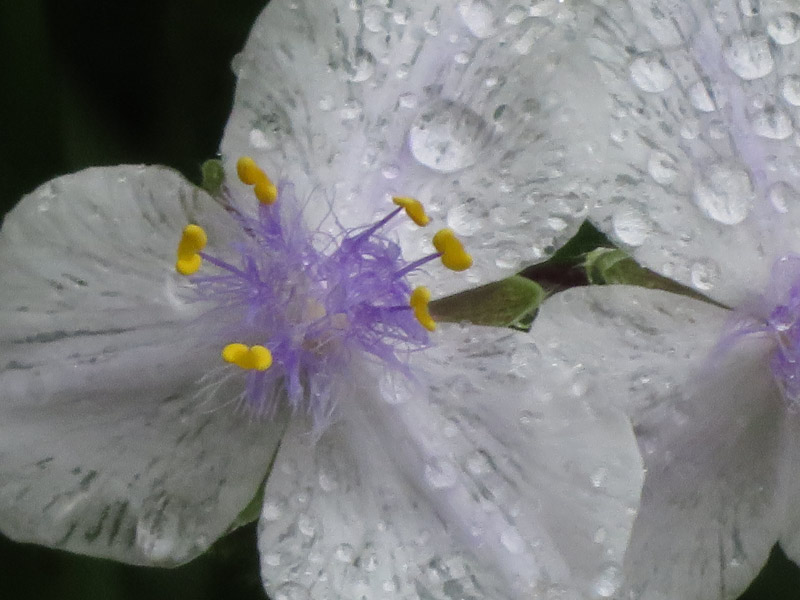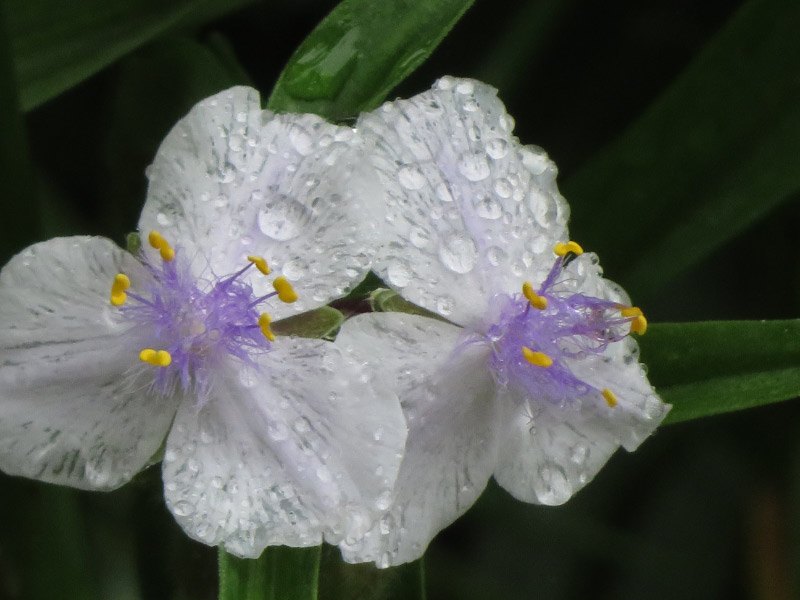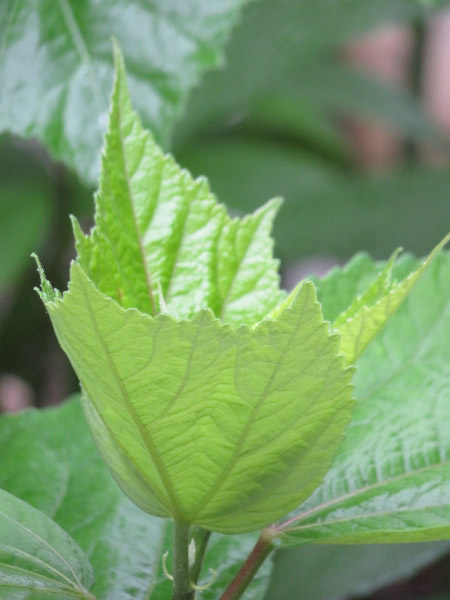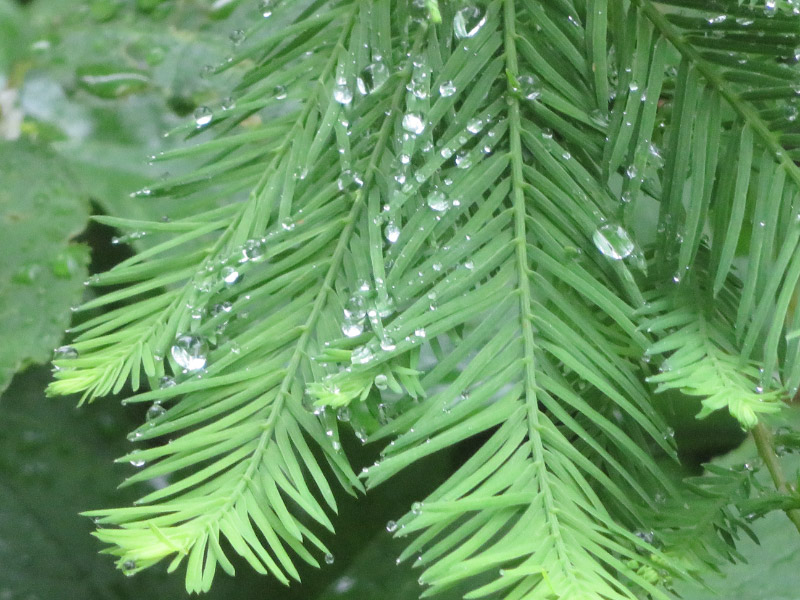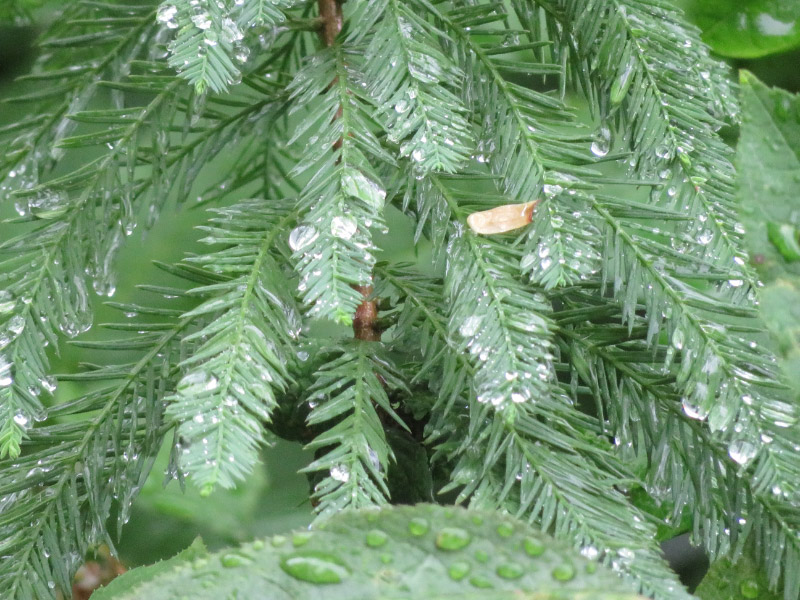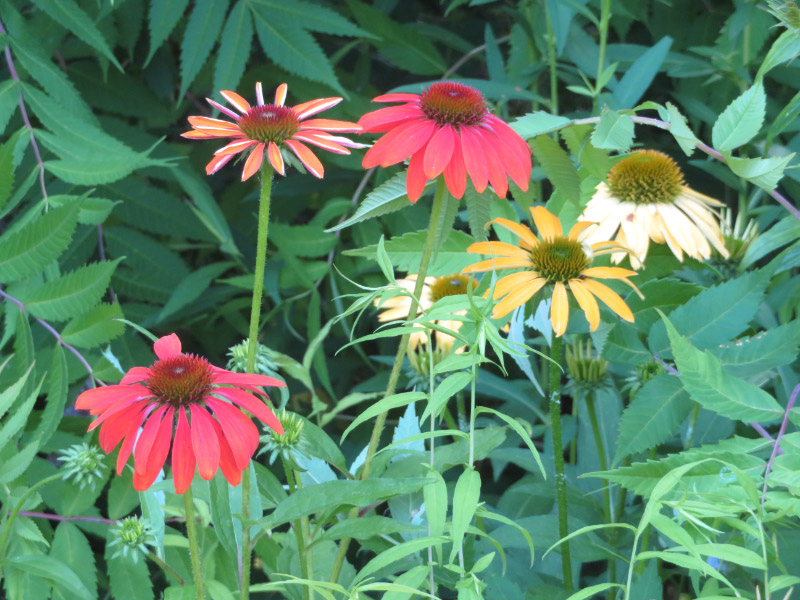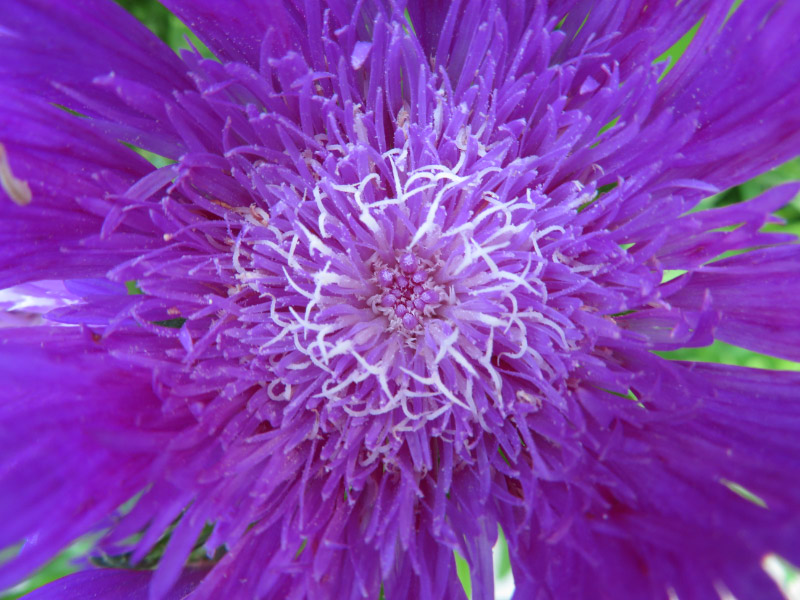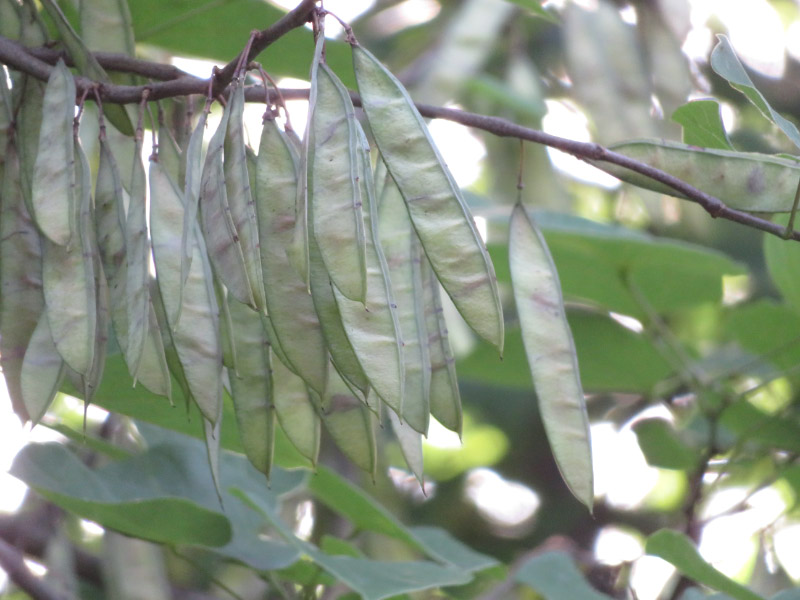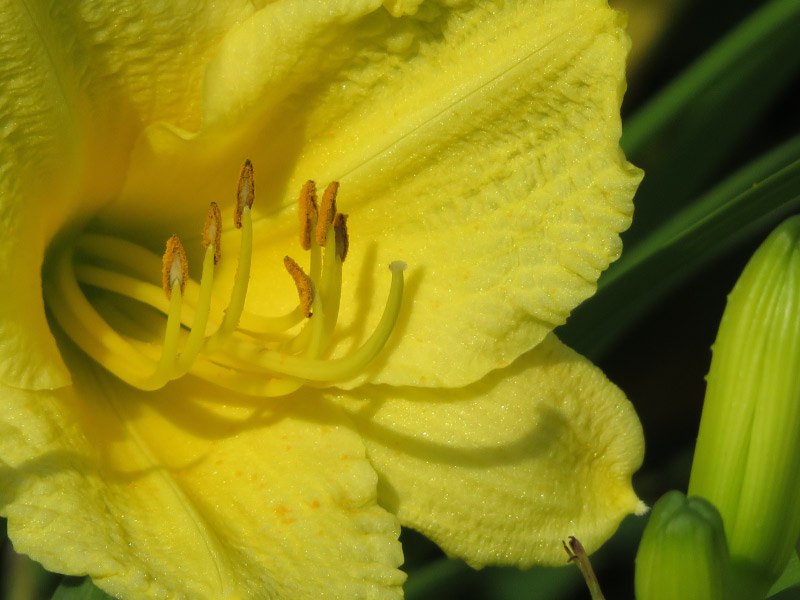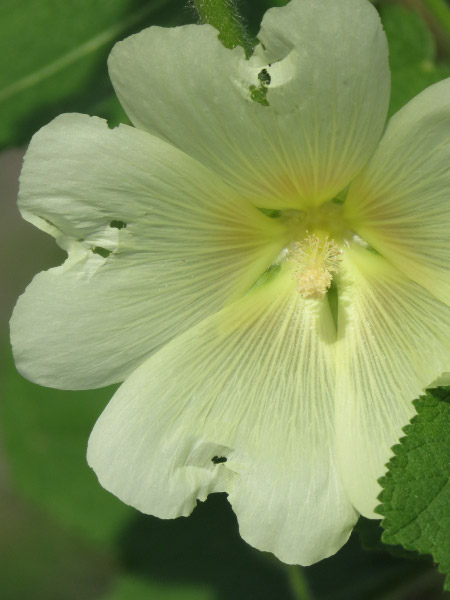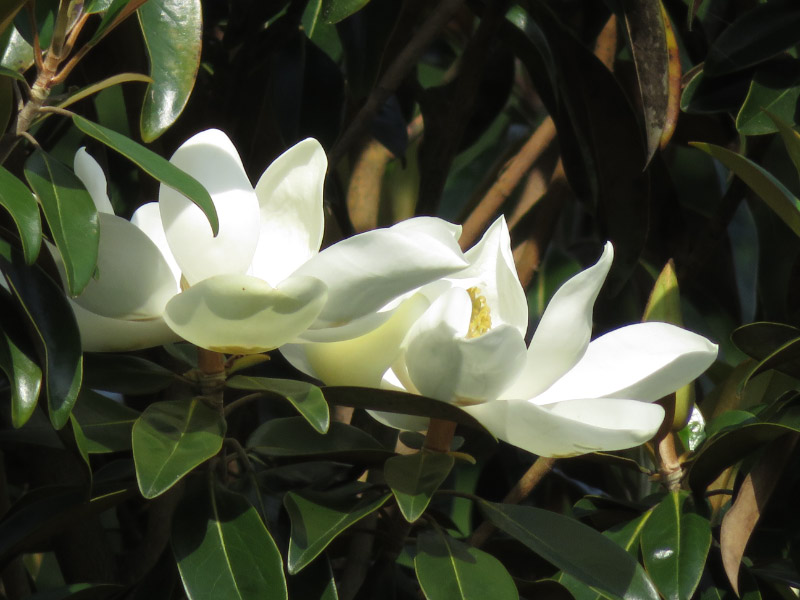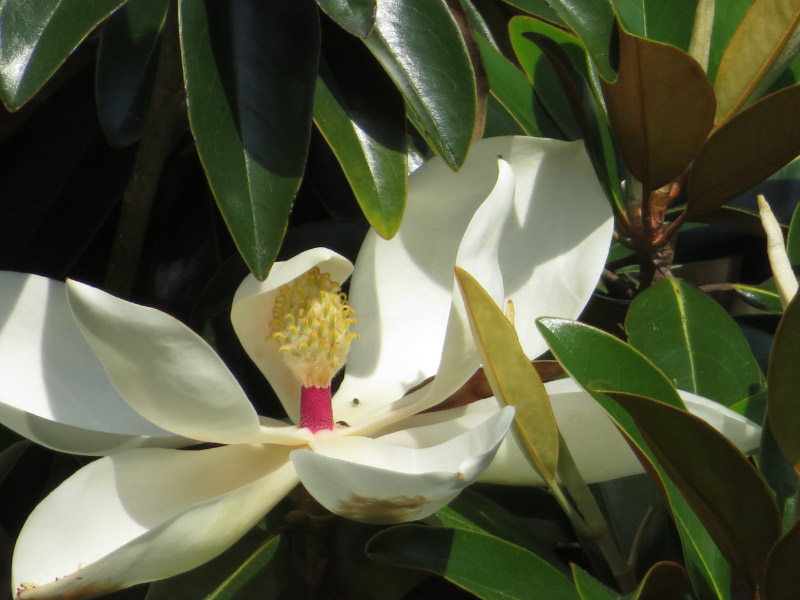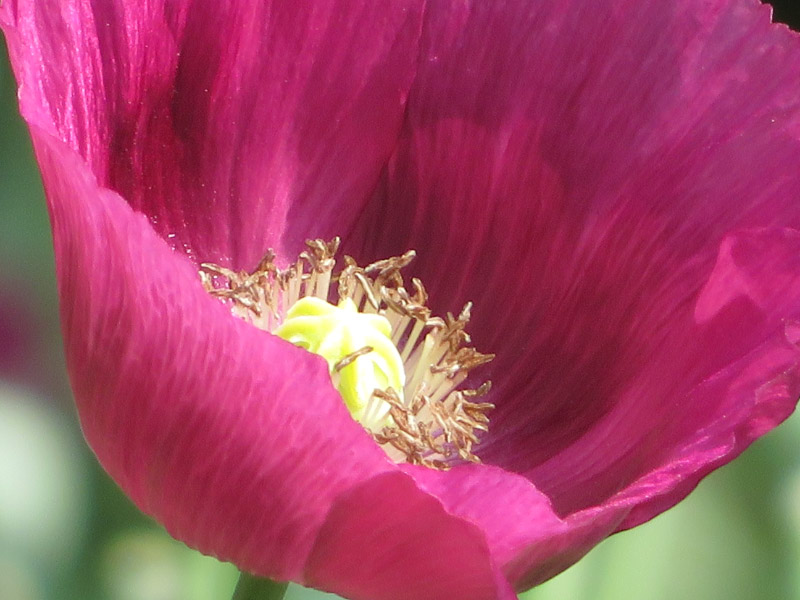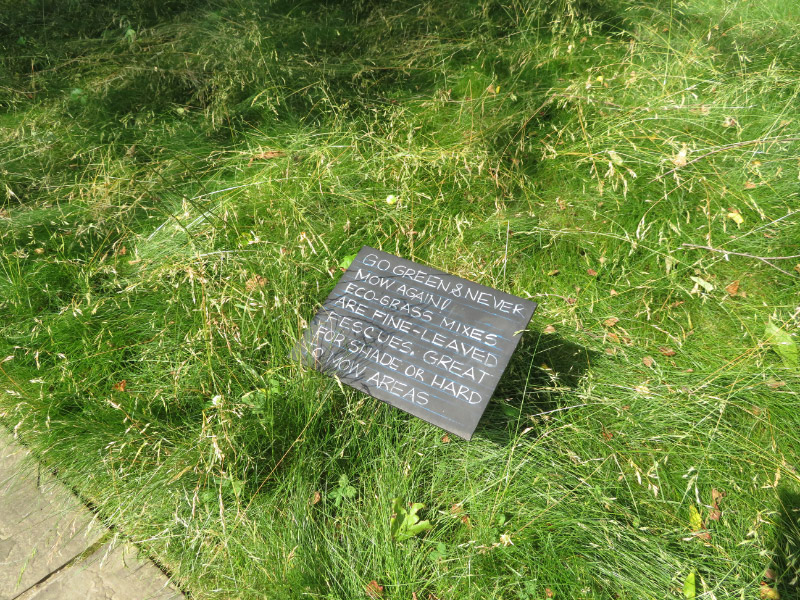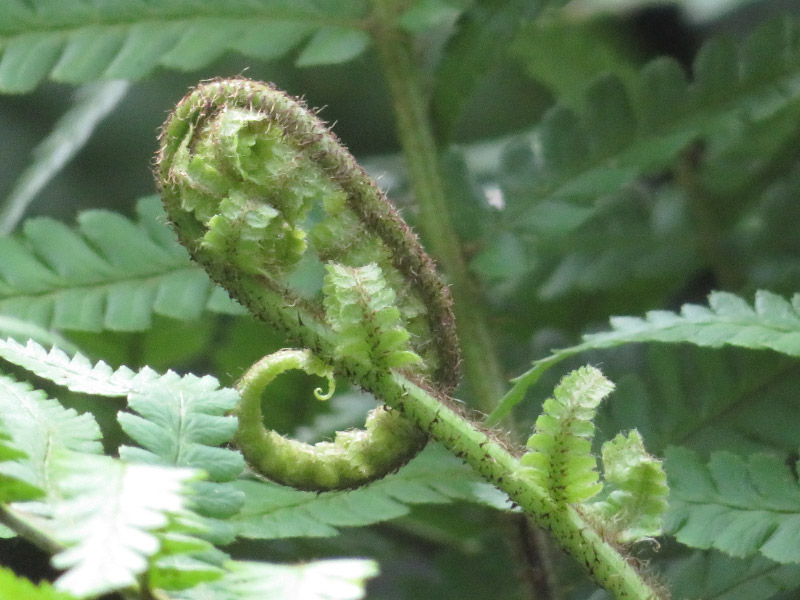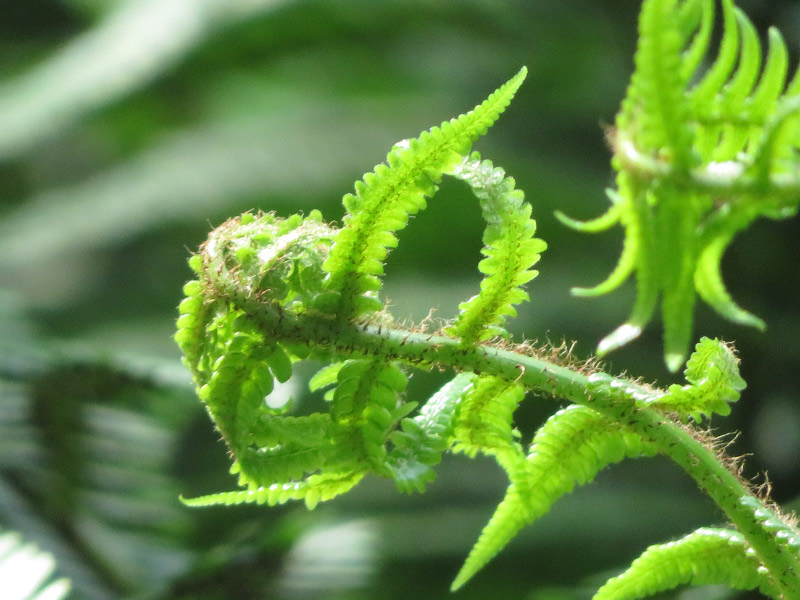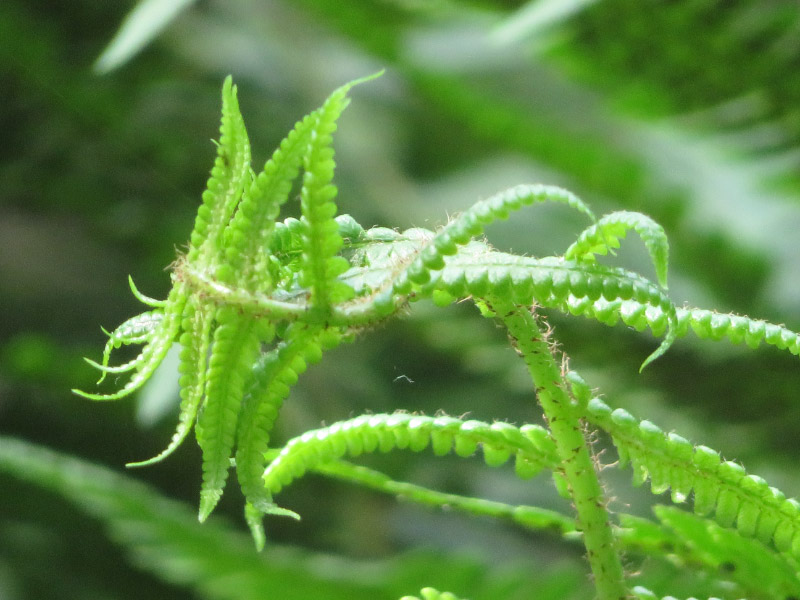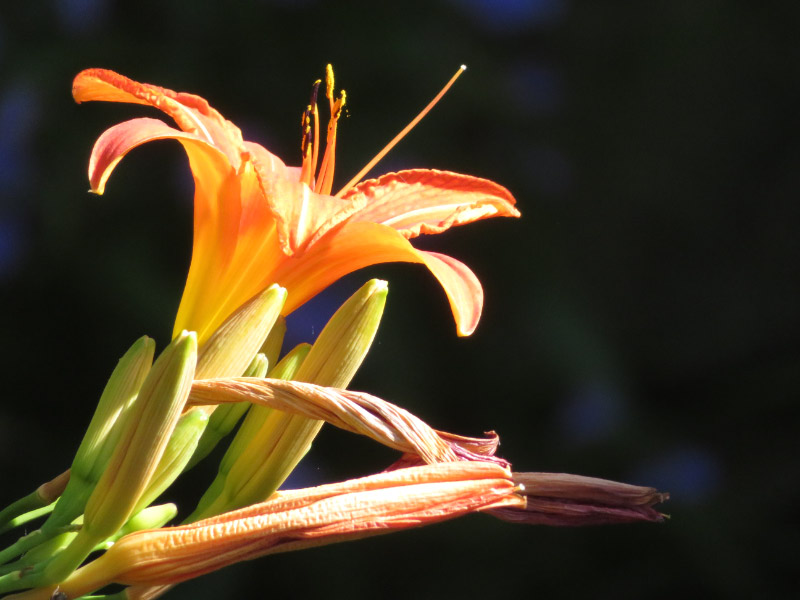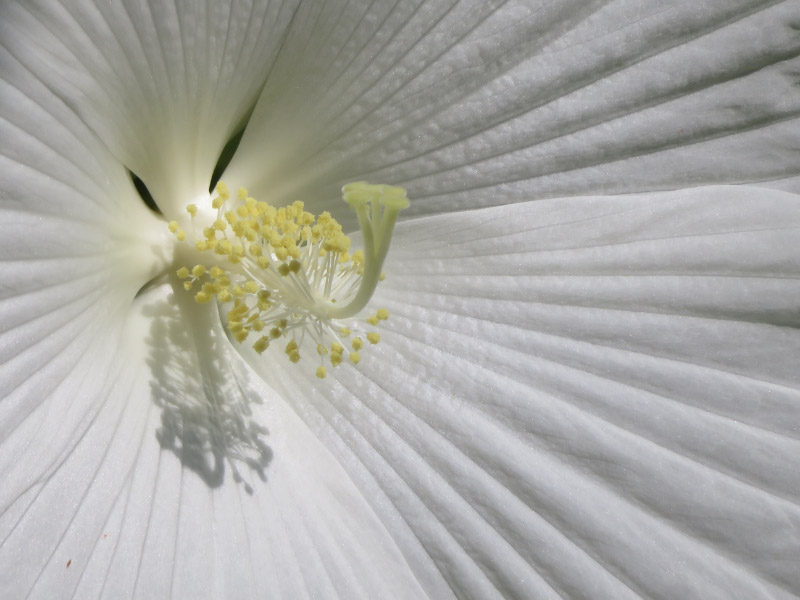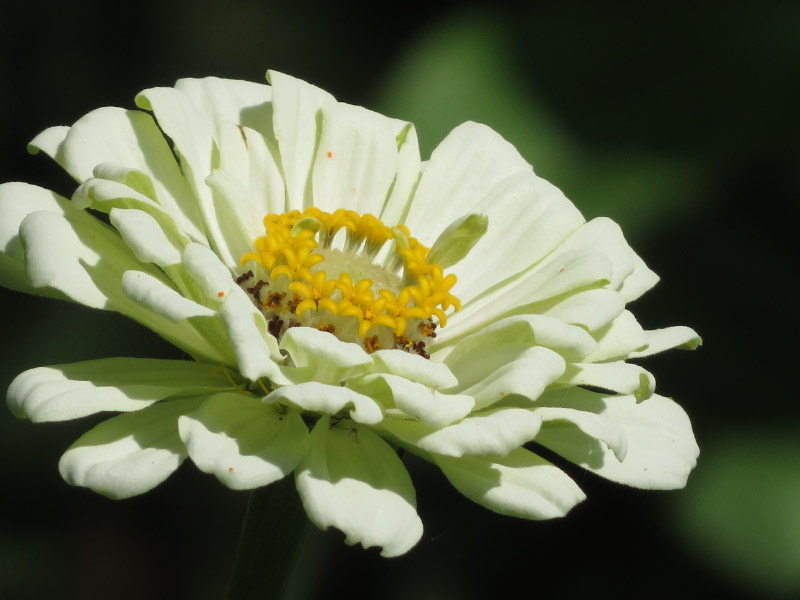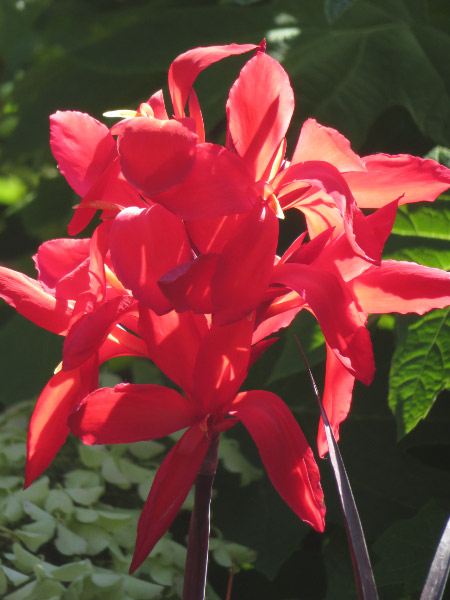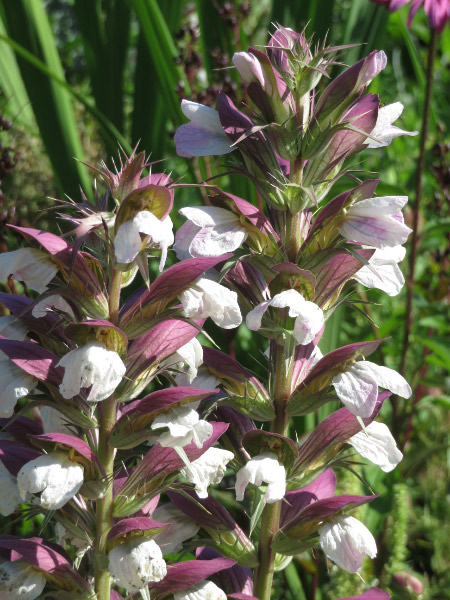Gleanings of the Week Ending July 27, 2019
/The items below were ‘the cream’ of the articles and websites I found this past week. Click on the light green text to look at the article.
Narwhals and belugas can interbreed -- ScienceDaily – It is a unique case….apparently not something that is common at all. It also utilized some relatively recent analytic tools to determine that the hybrid was a first-generation hybrid between a female narwhal and male beluga…and it was a bottom feeder rather than feeding like either of the parents.
Photography in The National Parks: Where Will That Trail Take You? Creating A Theme – For me - themes most often emerge from the experience rather than something I think about specifically in advance.
'Anthropocene Project' Artfully Captures How Humans Change Earth's Landscape: Goats and Soda: NPR – Some photographs from an exhibit currently in Bologna, Italy…depicting obvious, physical incursion on the Earth’s landscape created by humans.
Photographer Explores the Quiet Beauty of Venice at Night – A very different perspective on the city…sinking in its lagoon.
'Bathtub rings' around Titan's lakes might be made of alien crystals -- ScienceDaily – Rings made of solid acetylene and butane – maybe. It’s what happened in the lab. A spacecraft will need to visit Titan to know for sure.
Top 25 Wild Bird Photographs of the Week: July – National Geographic Society Newsroom – Birds! There are so many different kinds out there.
Cholesterol medication could invite diabetes, study suggests: Patient data shows association between statins and type 2 diabetes -- ScienceDaily – A drug prescribed to reduce risk of heart attack and stroke…doubles the risk of diabetes diagnosis which would require other drugs to treat…for the rest of the person’s life. Not a good prospect.
The Pomological Watercolors: A Collection of Watercolor Fruit Paintings – Watercolors of fruits and nuts created over 56 years beginning in 1886 by the US Department of Agriculture. They have recently been digitized and are available via the Pomological Watercolor Database. It’s not as easy to browse as a book in Internet Archive, unfortunately.
Ice Cores Preserved 1,500 Years of Industrial Lead Levels - Archaeology Magazine – I was surprised that lead levels in the atmosphere now are 60x higher than in the medieval period and that is an 80% decline since the enactment of the 1970 Clean Air act in the US. How is the lead in the air we breathe impacting our cognition – particularly for children?
Found: An ‘Undisturbed’ Roman Ship Near Cyprus | Smart News | Smithsonian – Lots of amphorae. Cyprus’ location would have made it a link on the trade route that spanned the Mediterranean but studying a wreck like this one could fill in more of the details.



